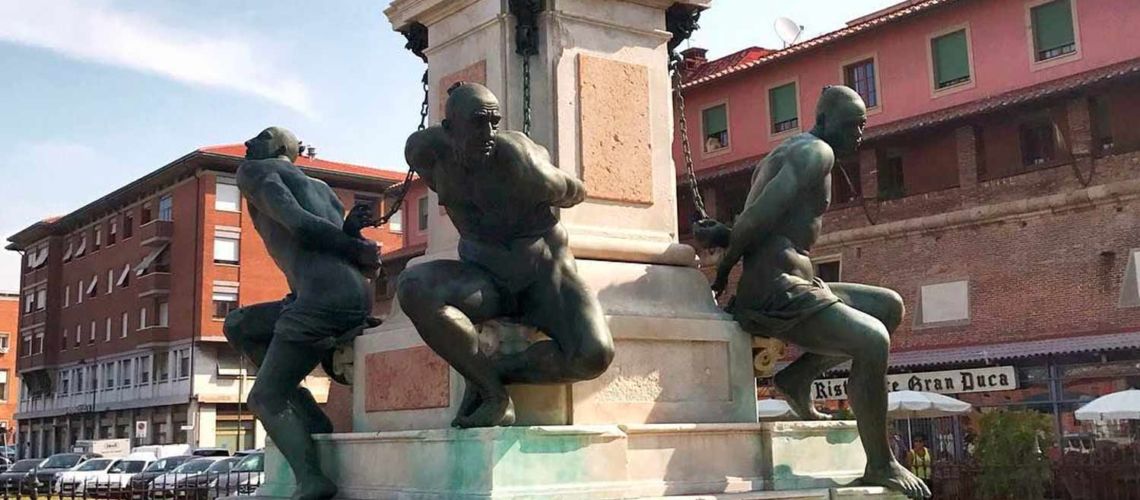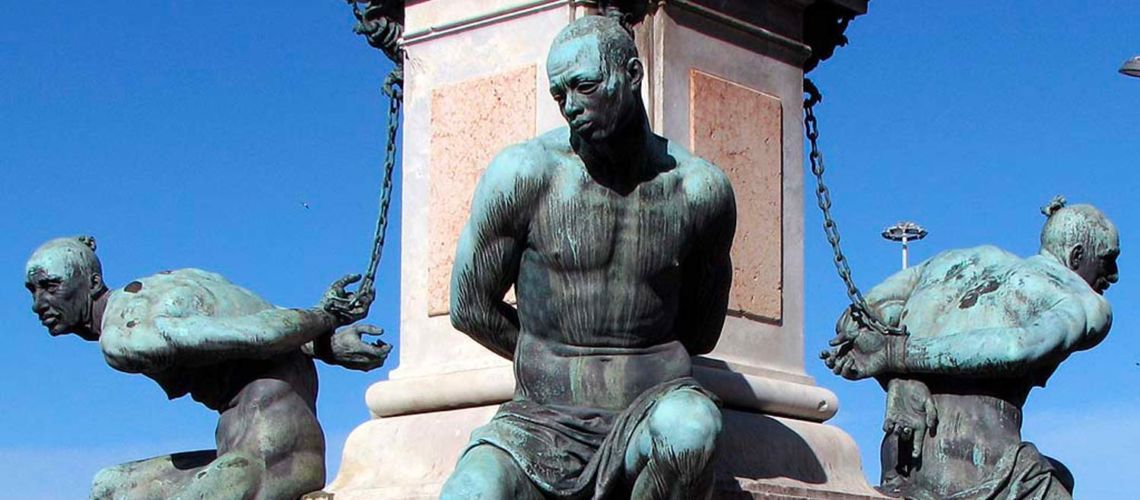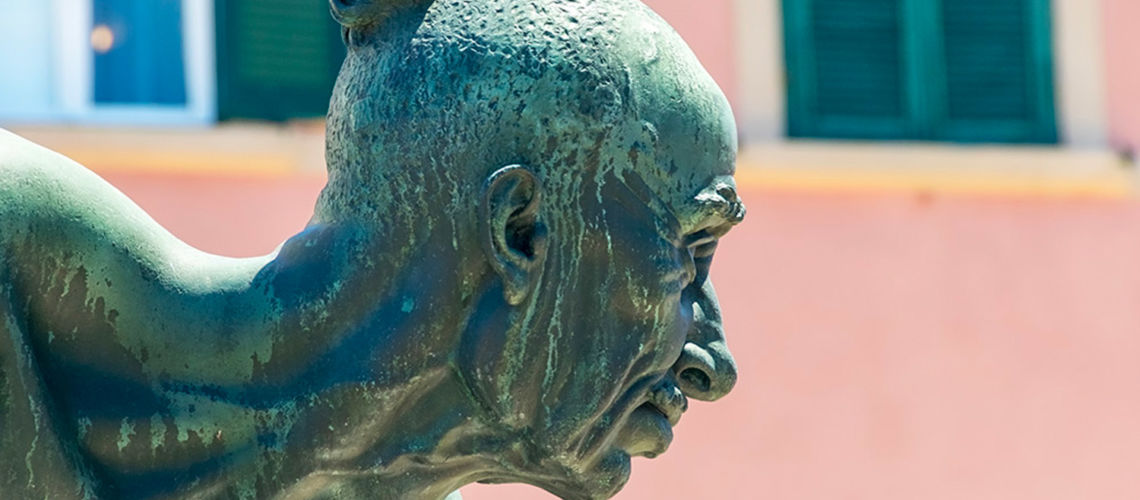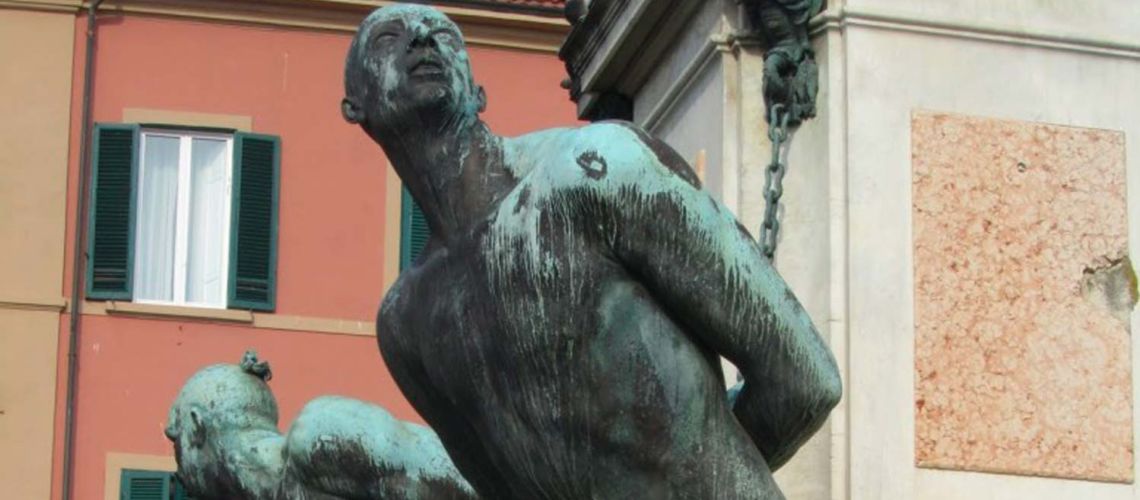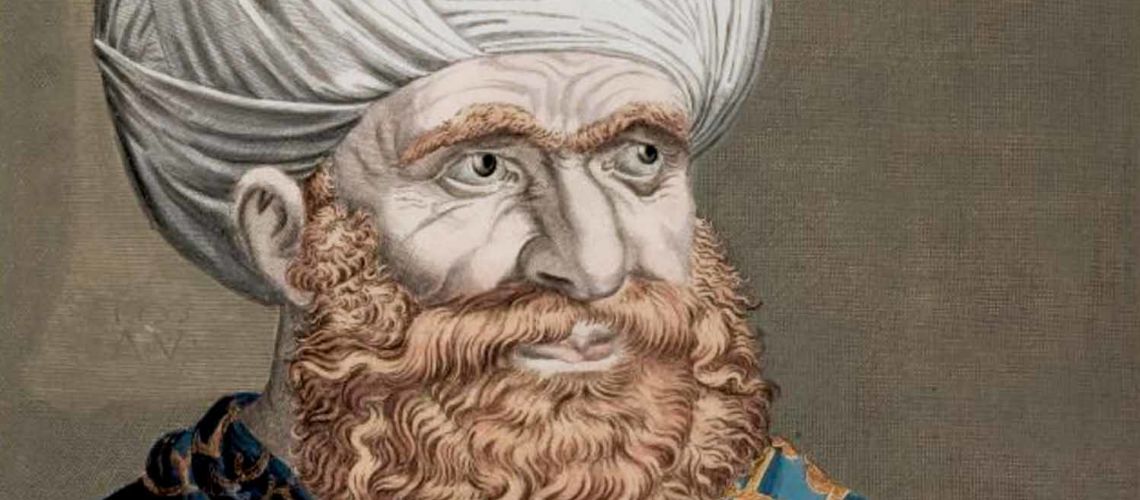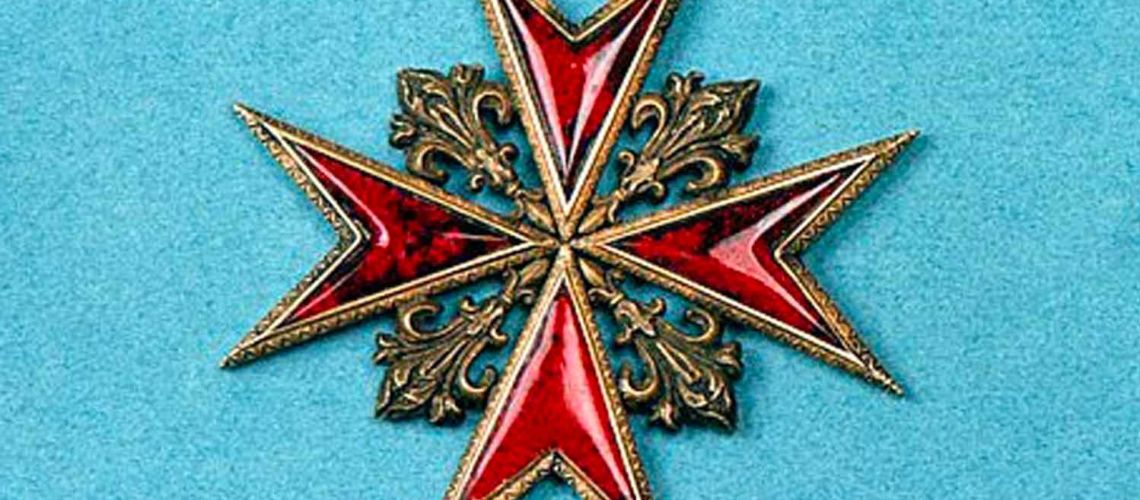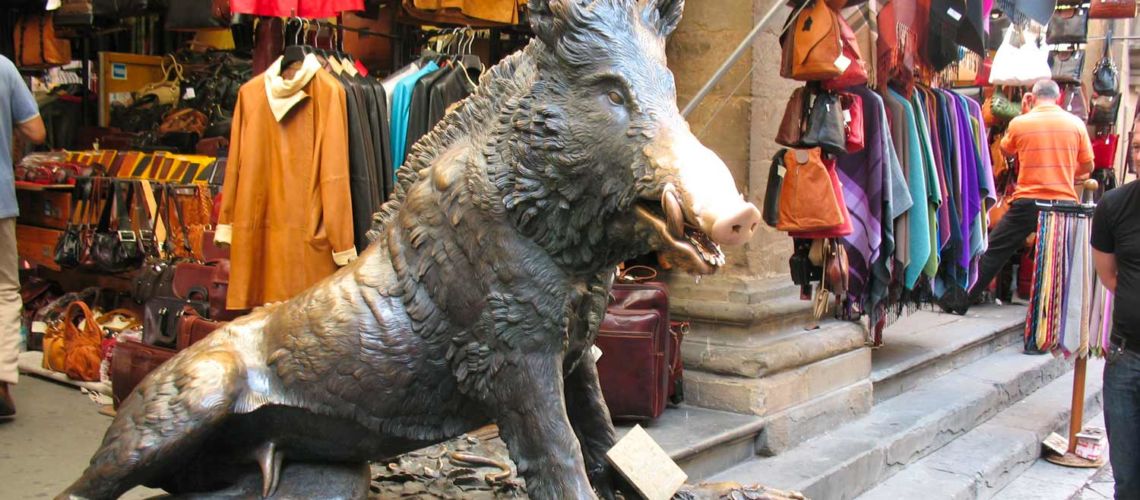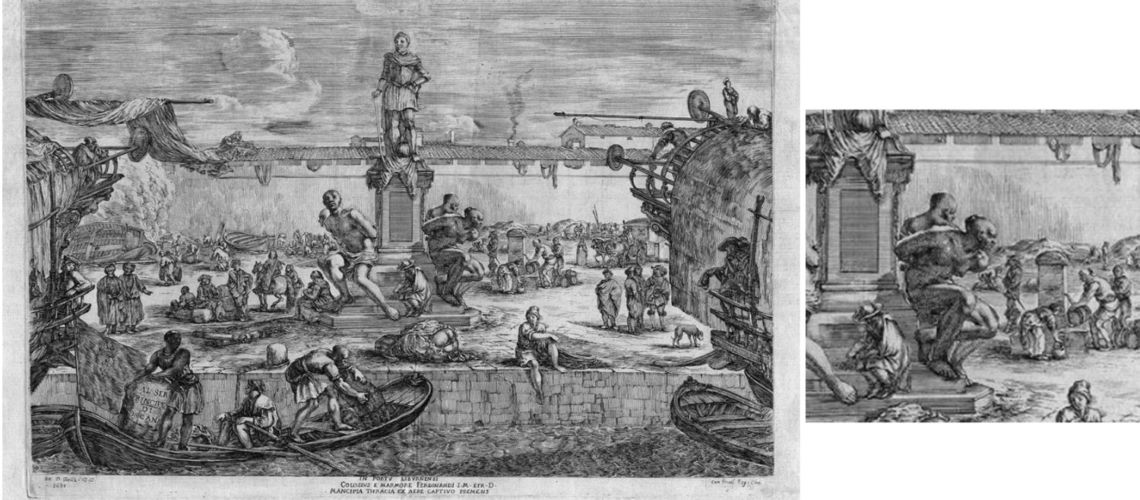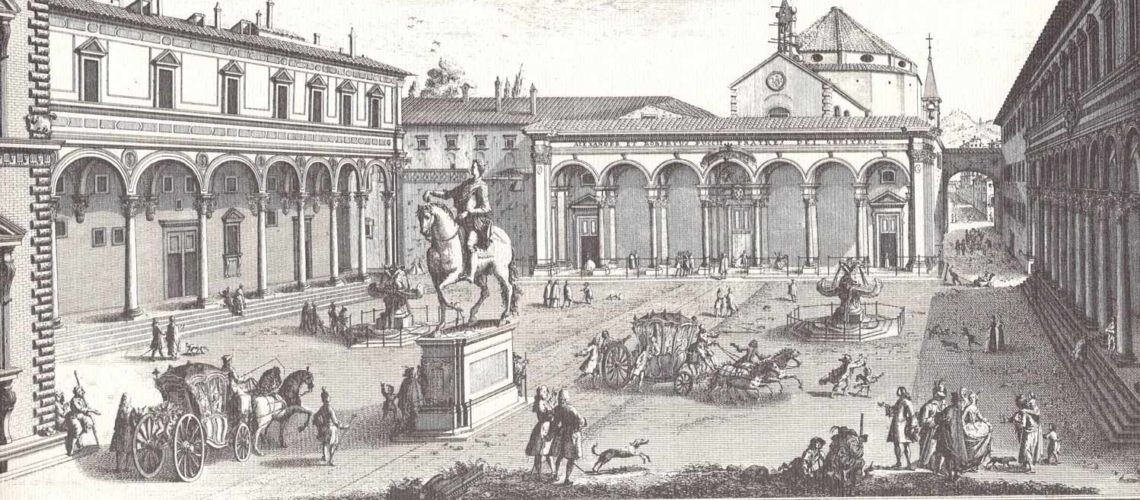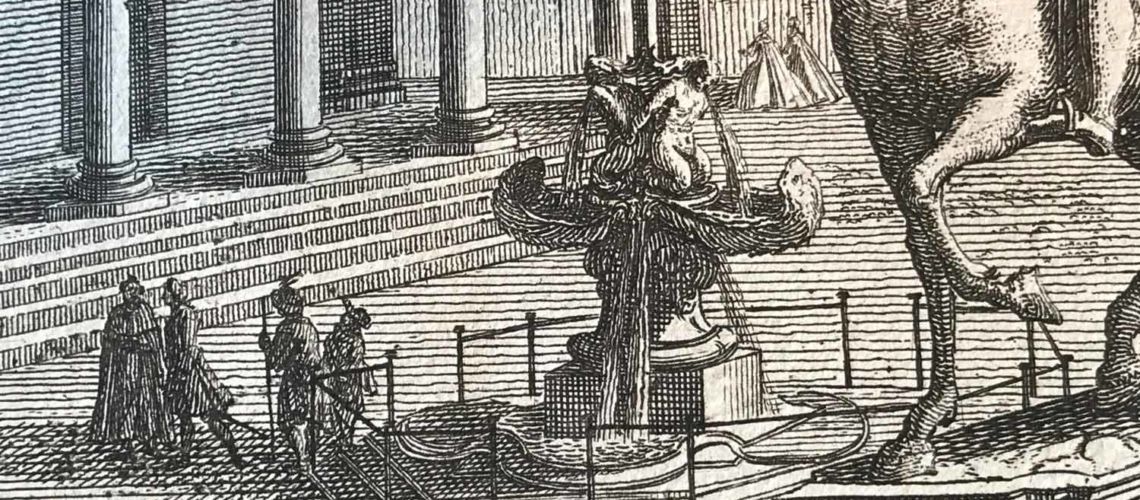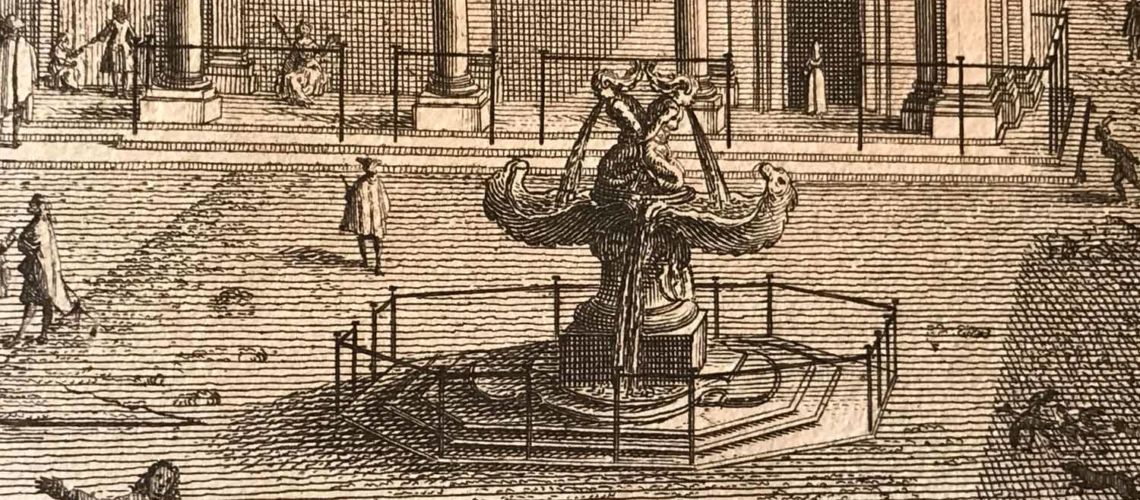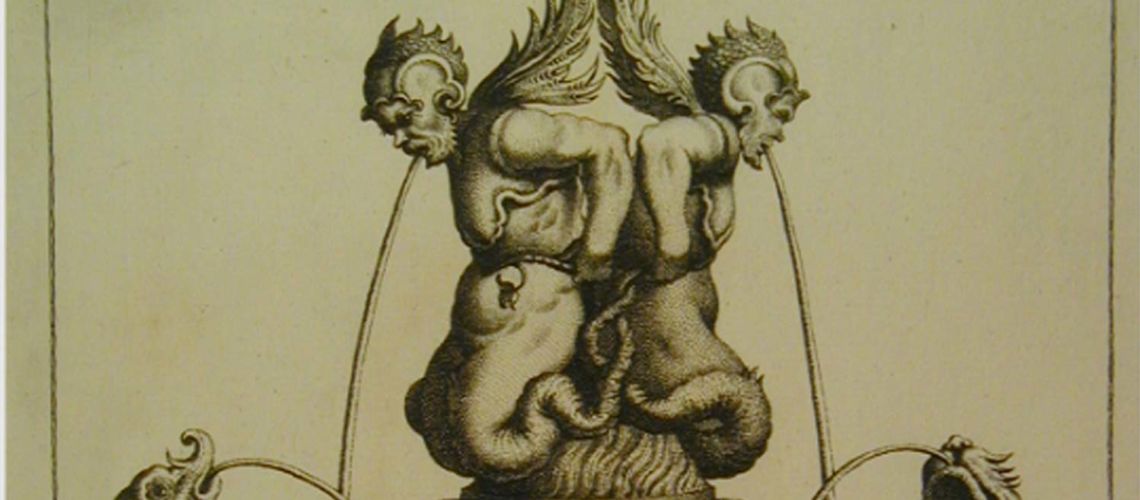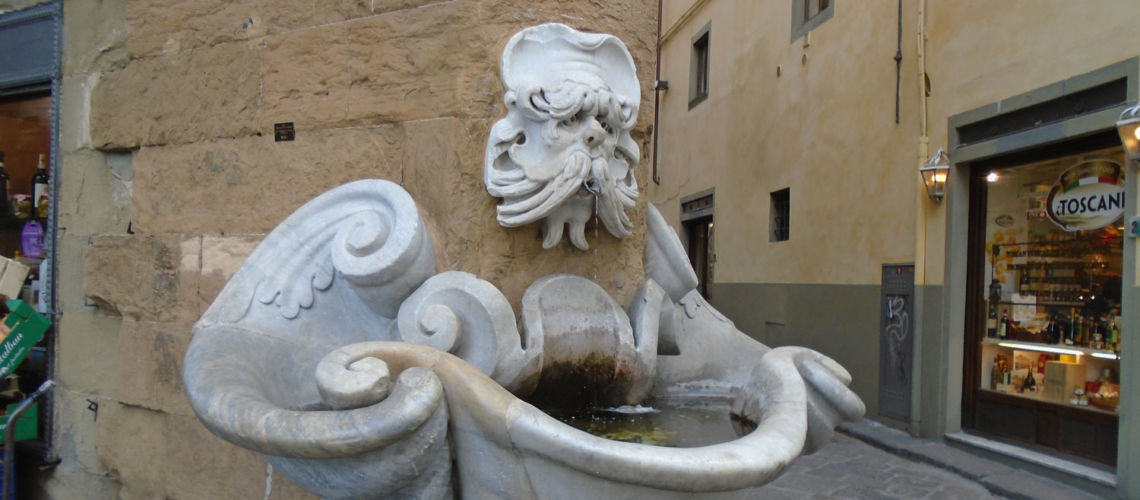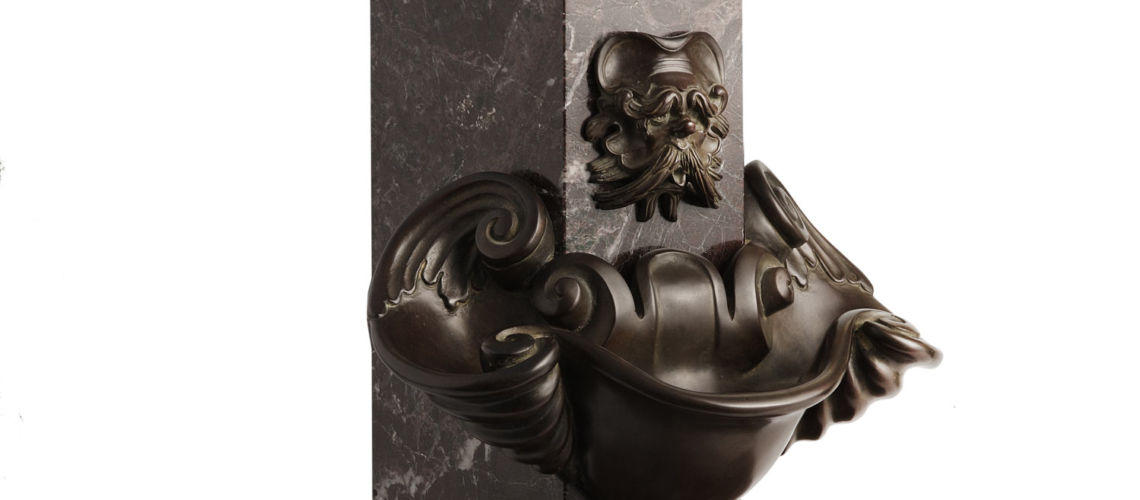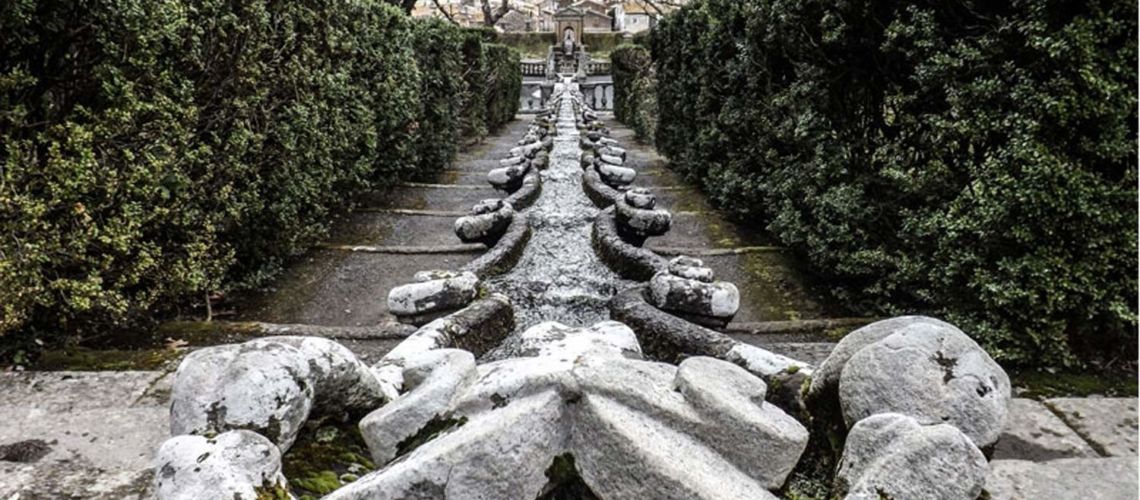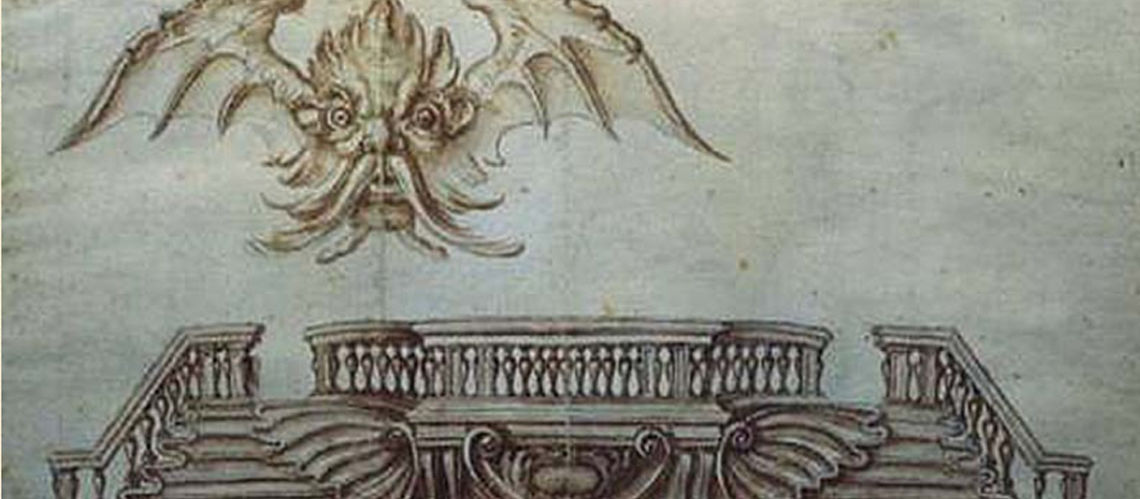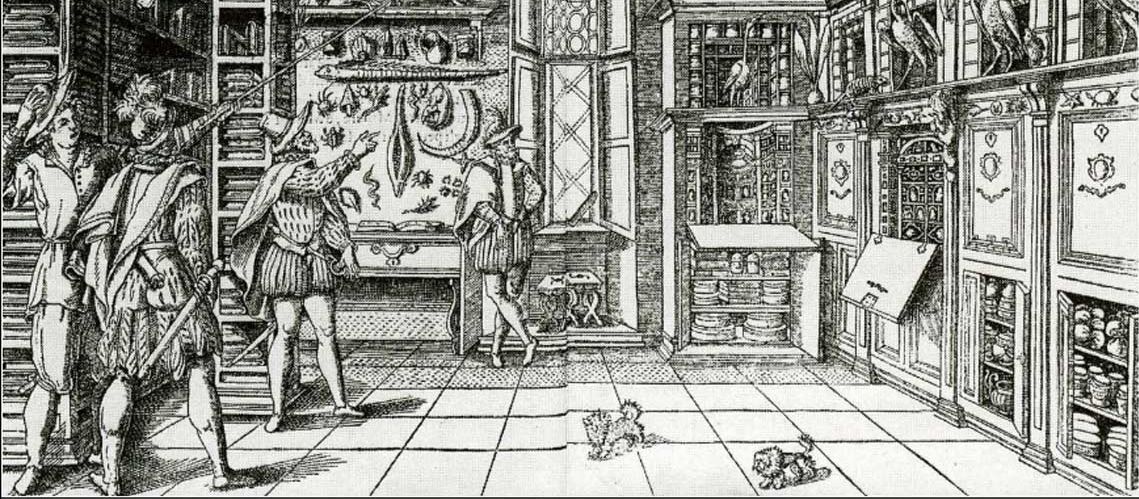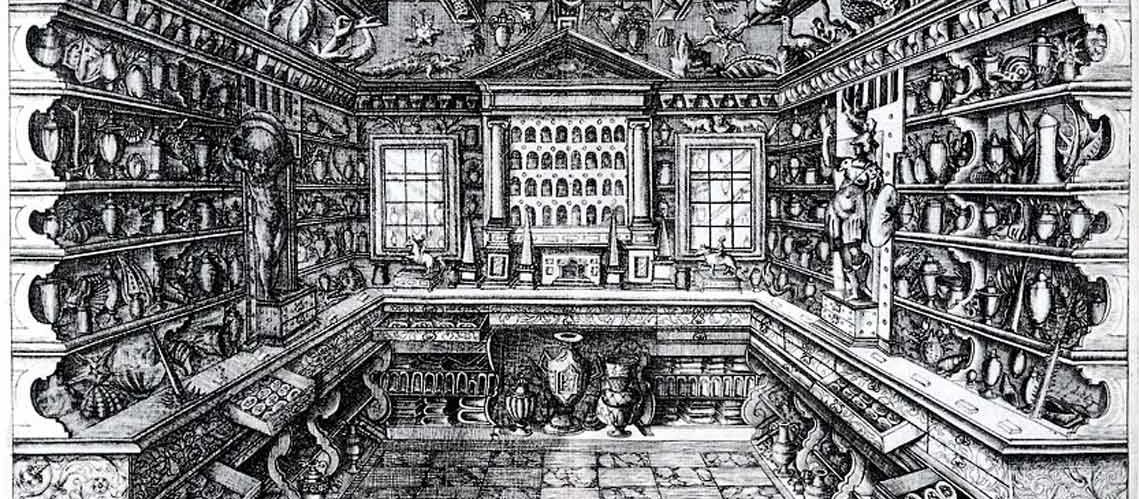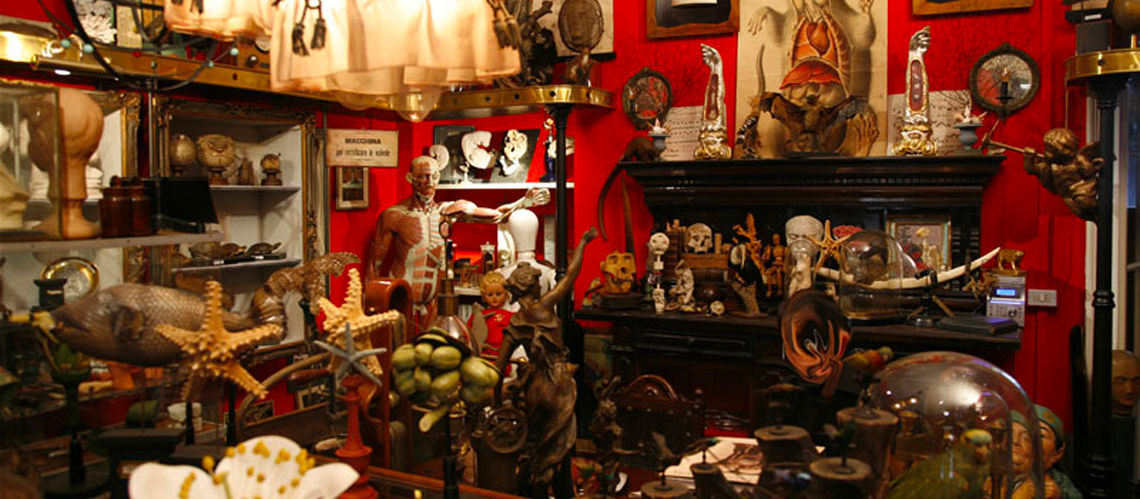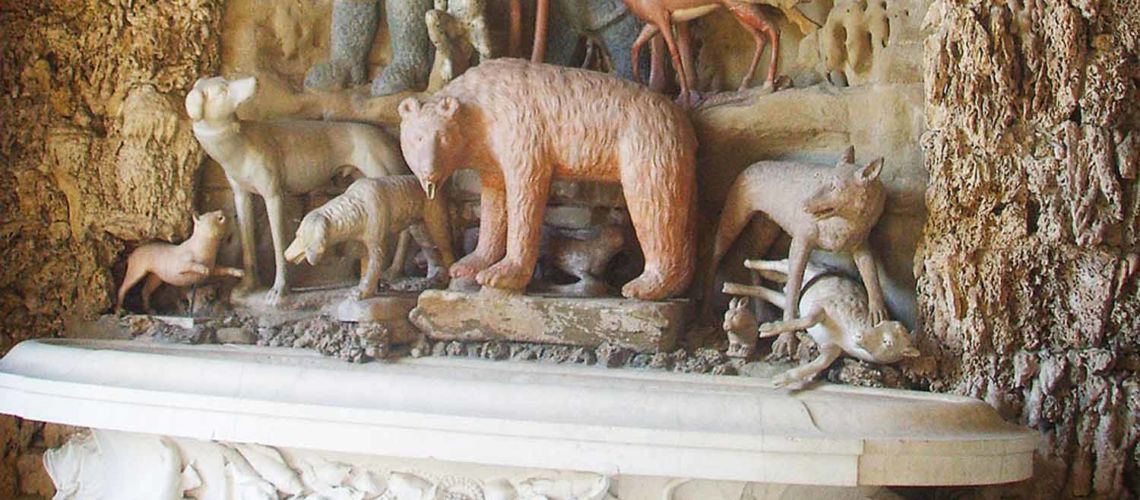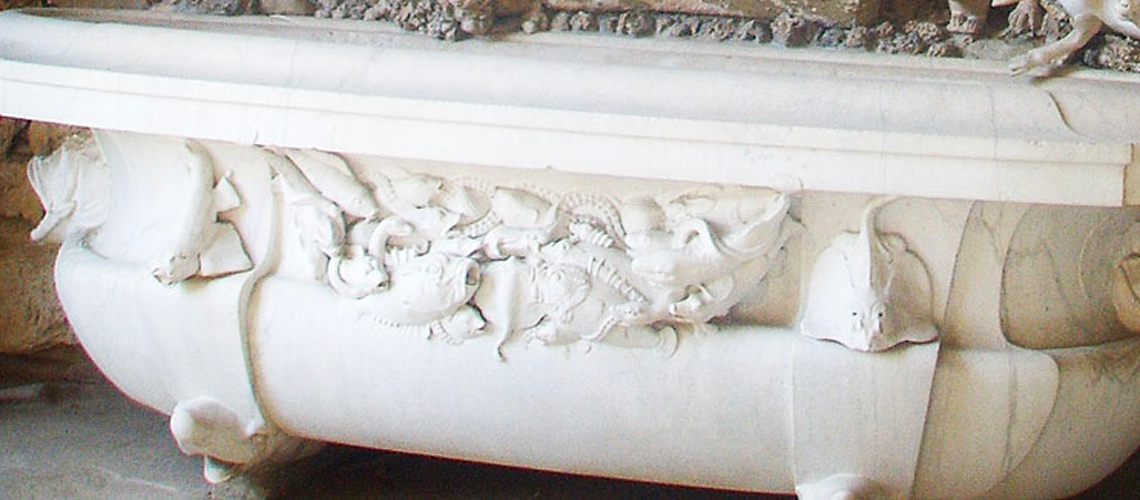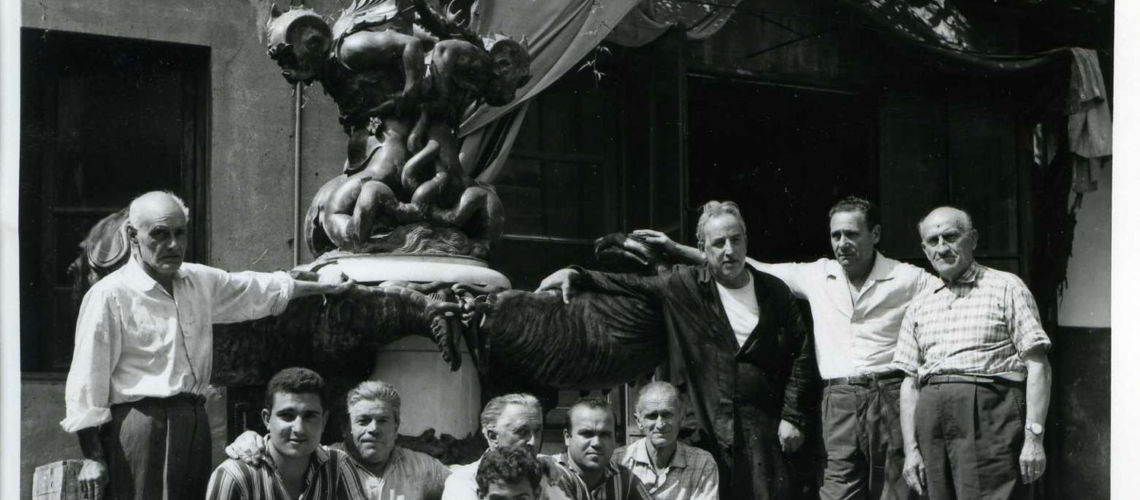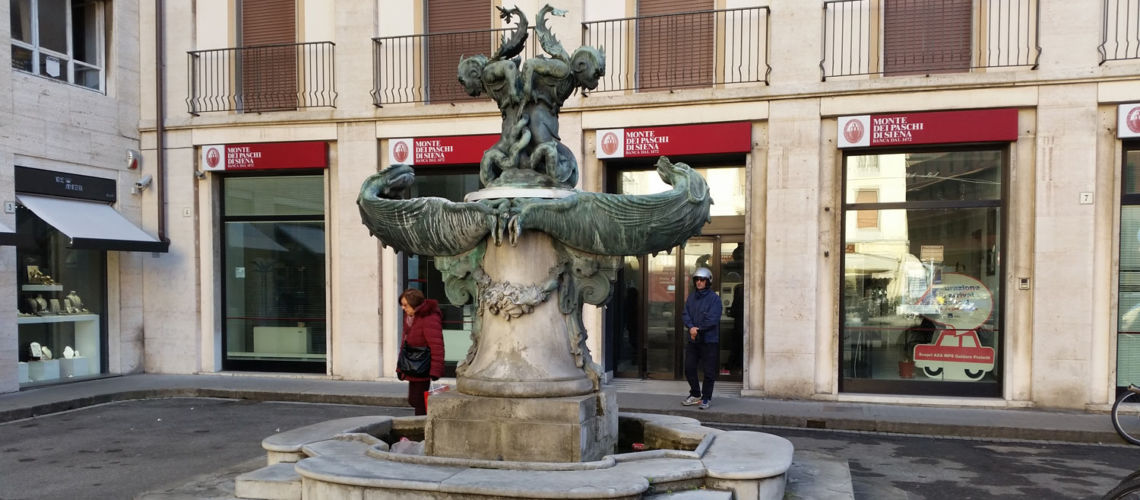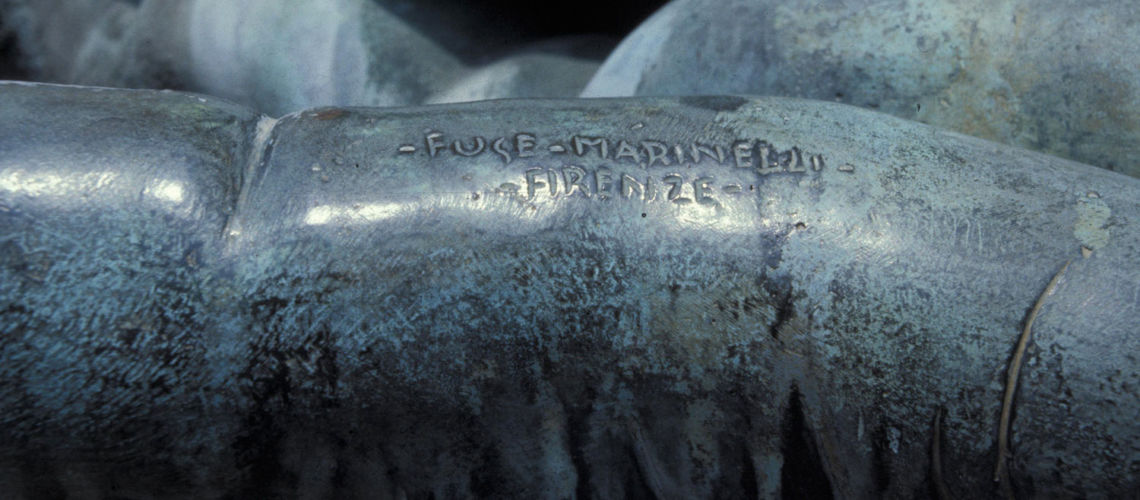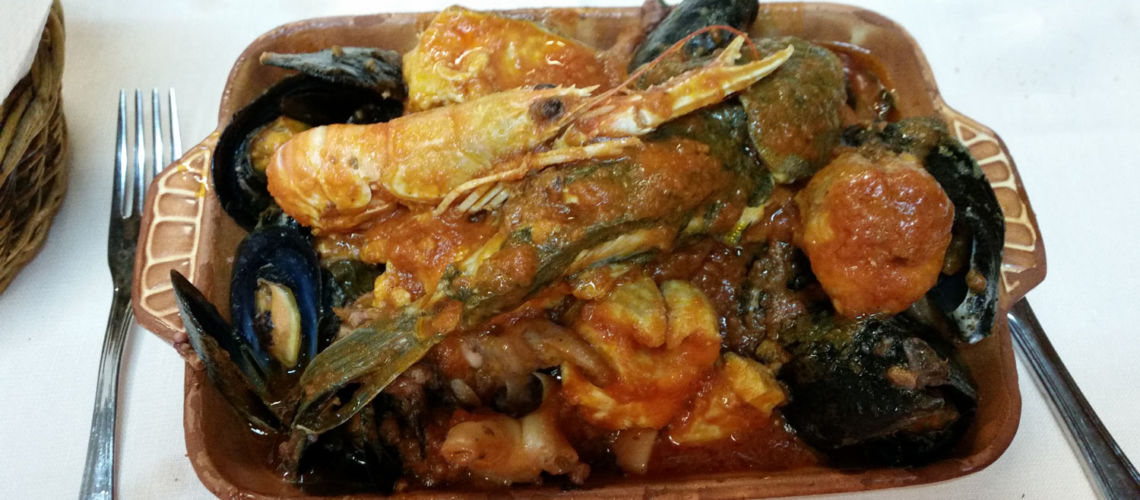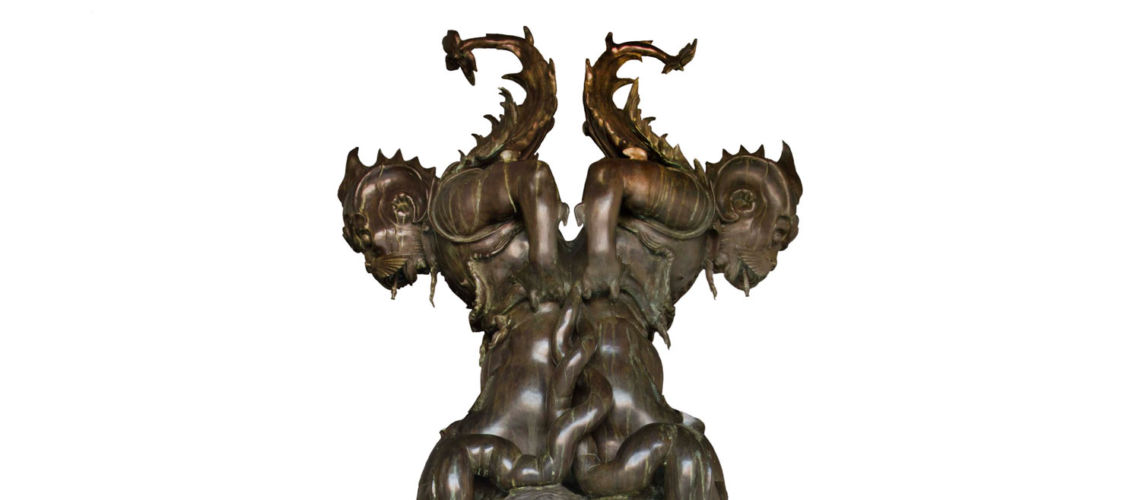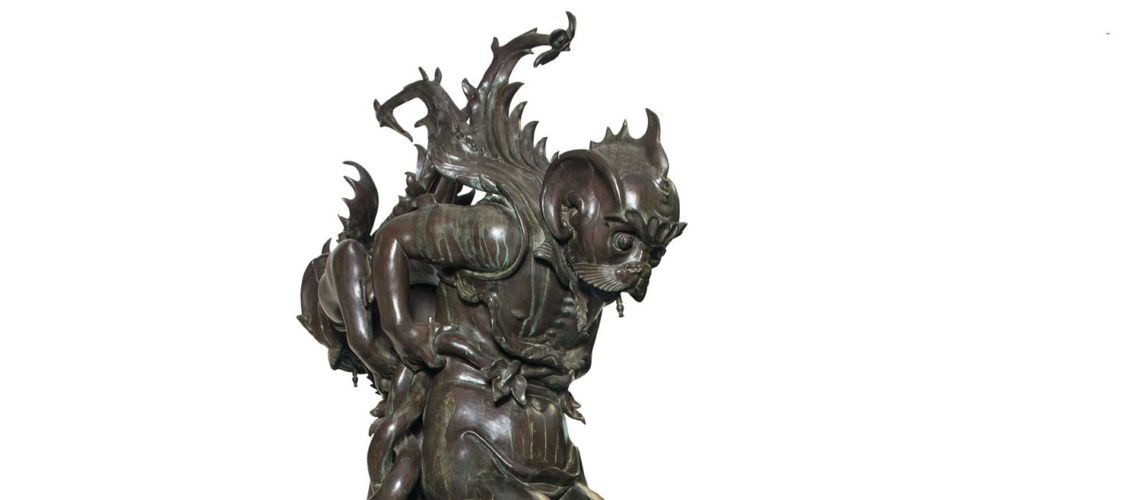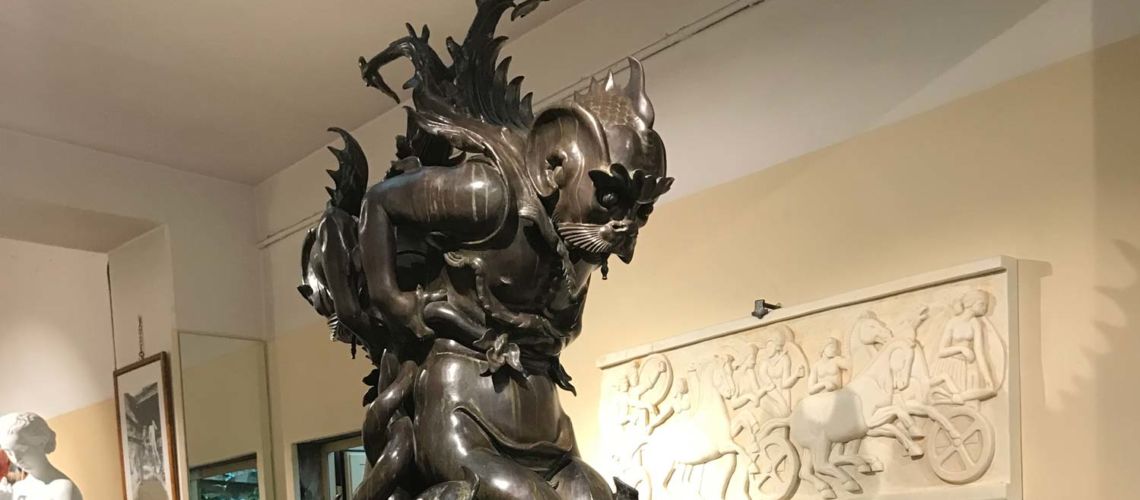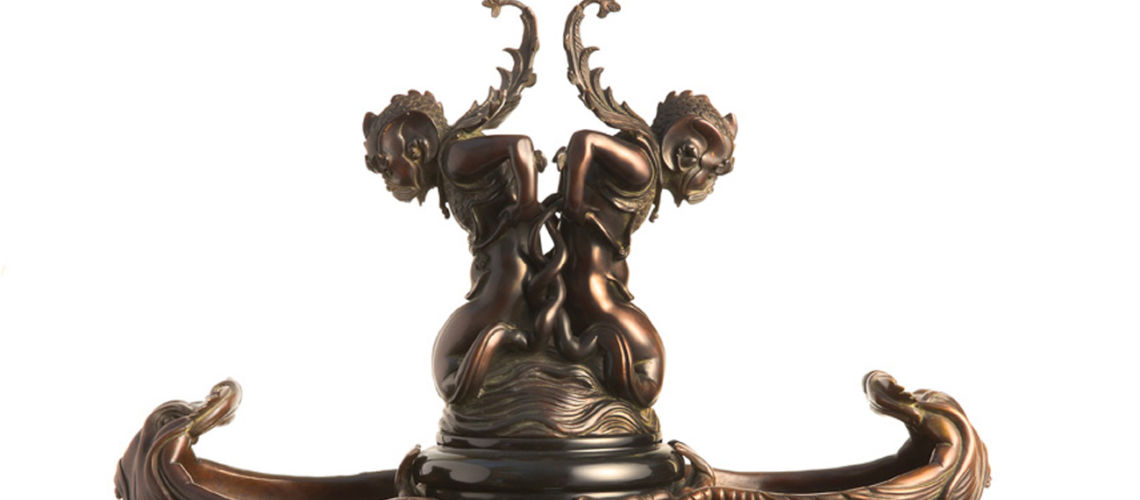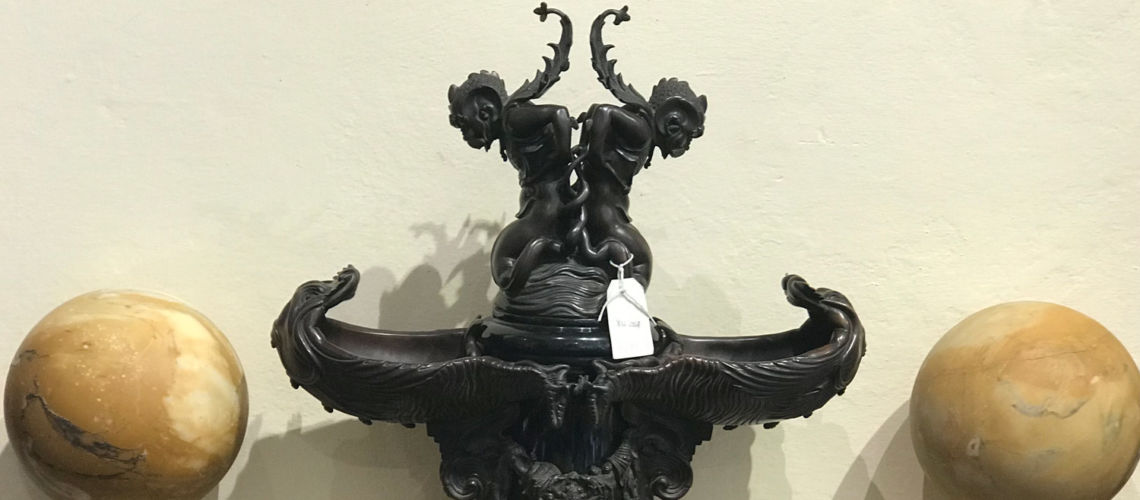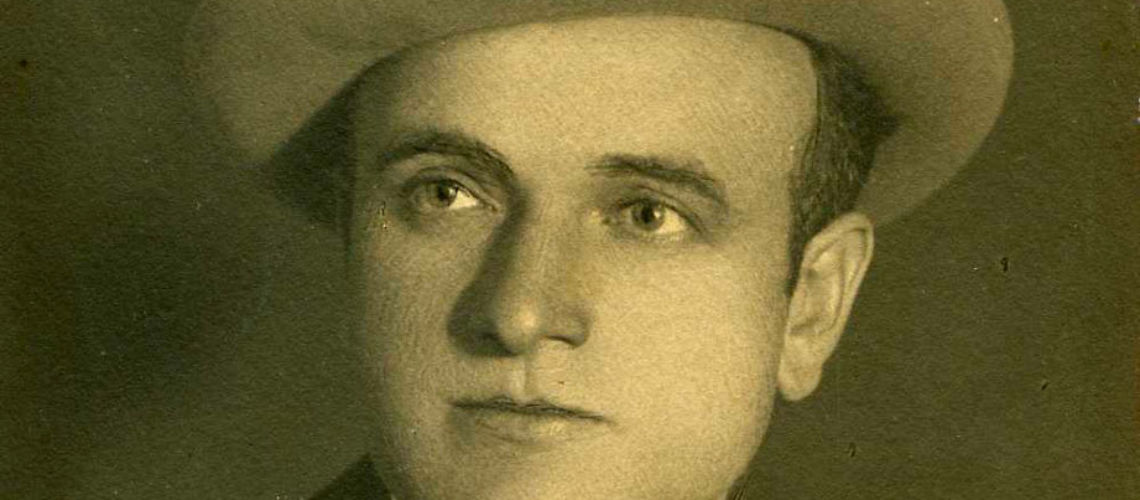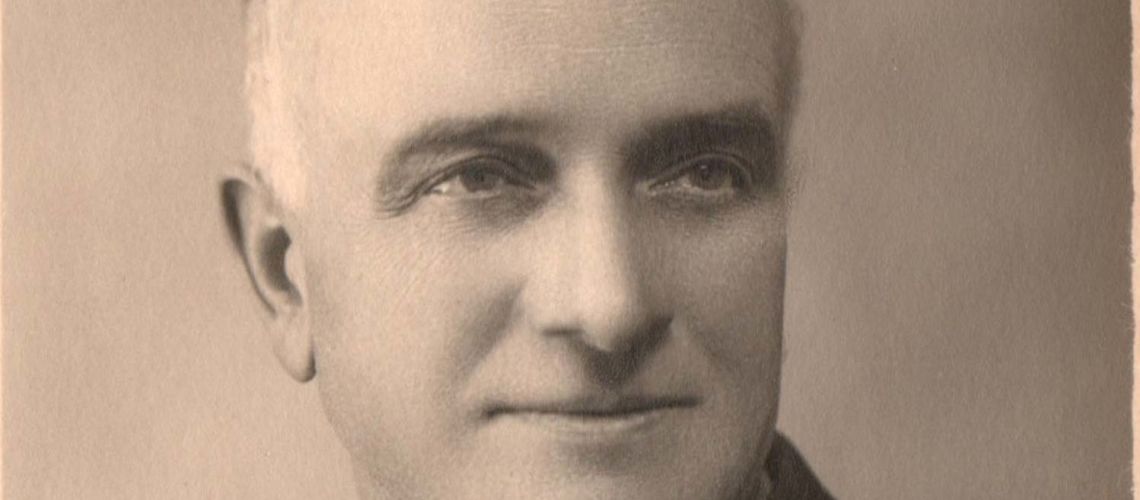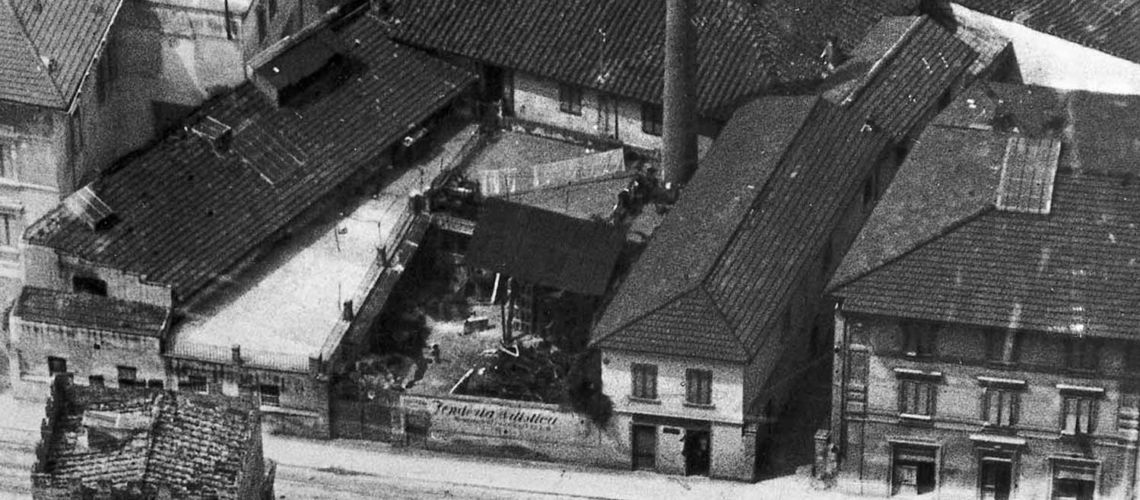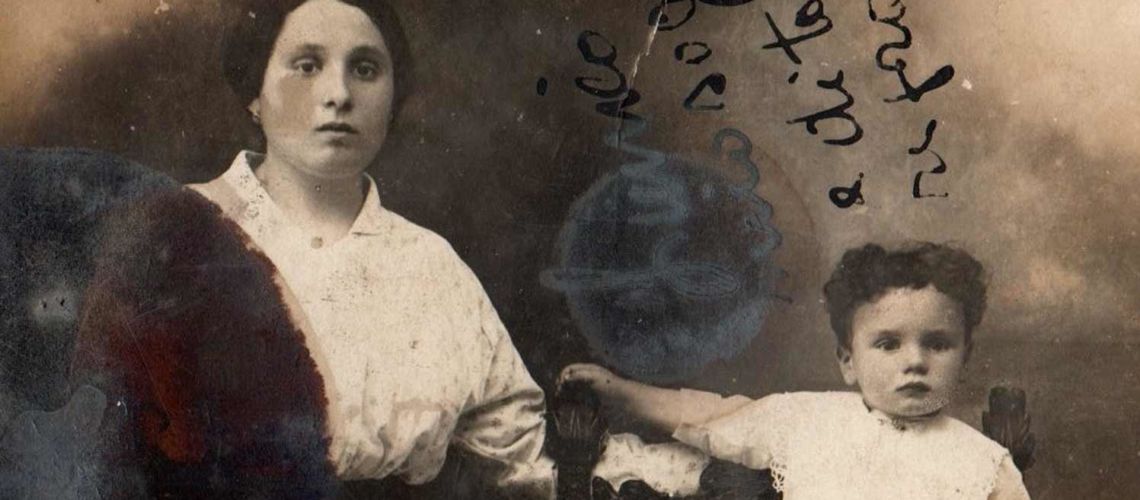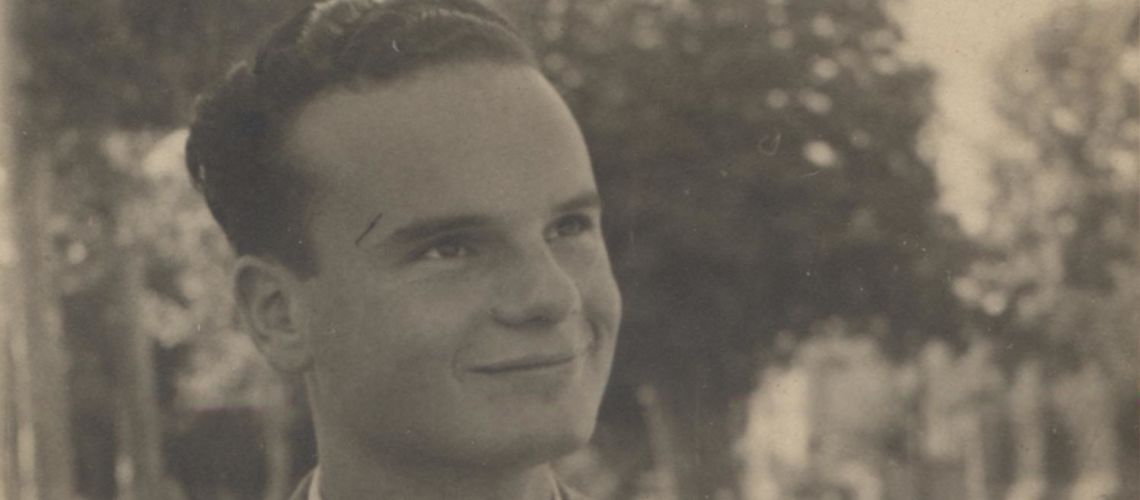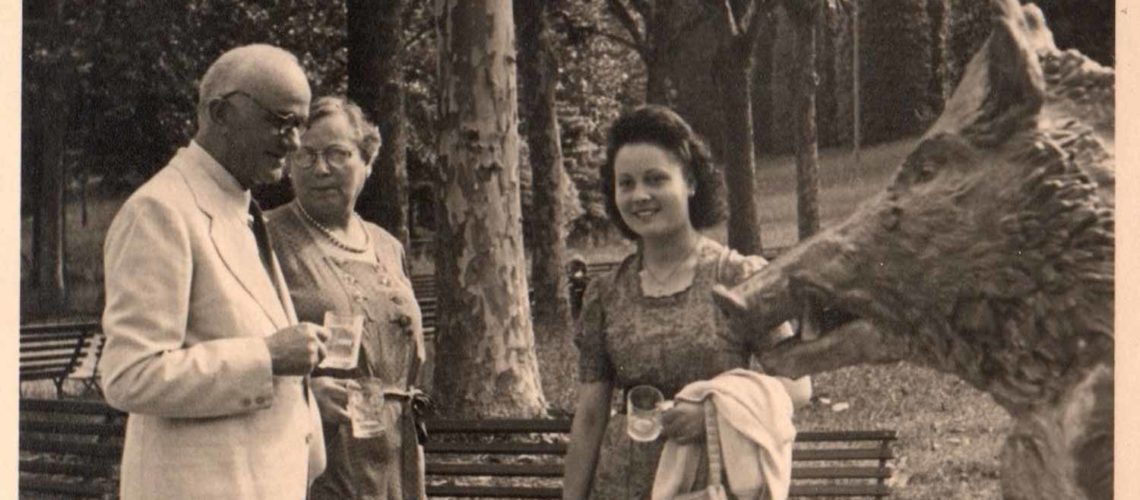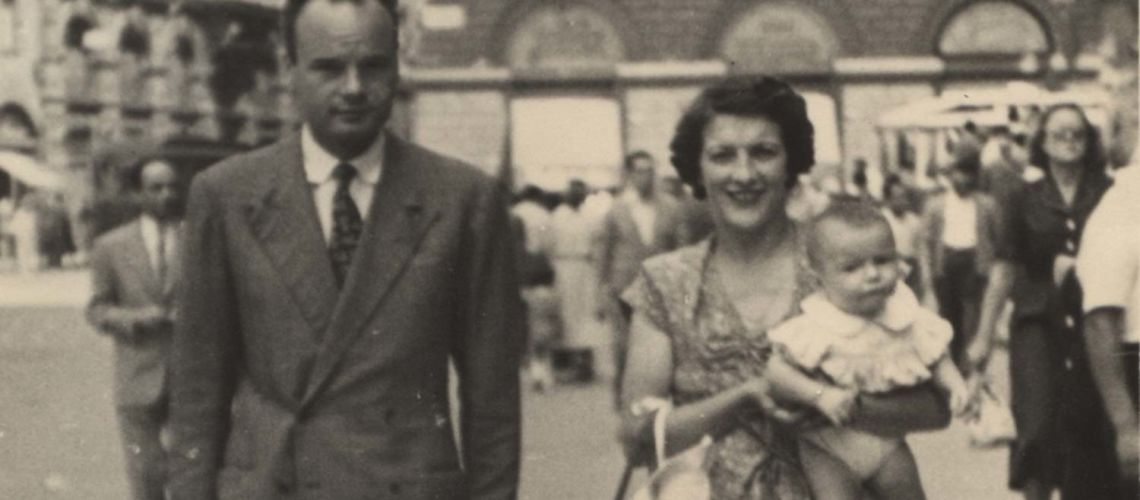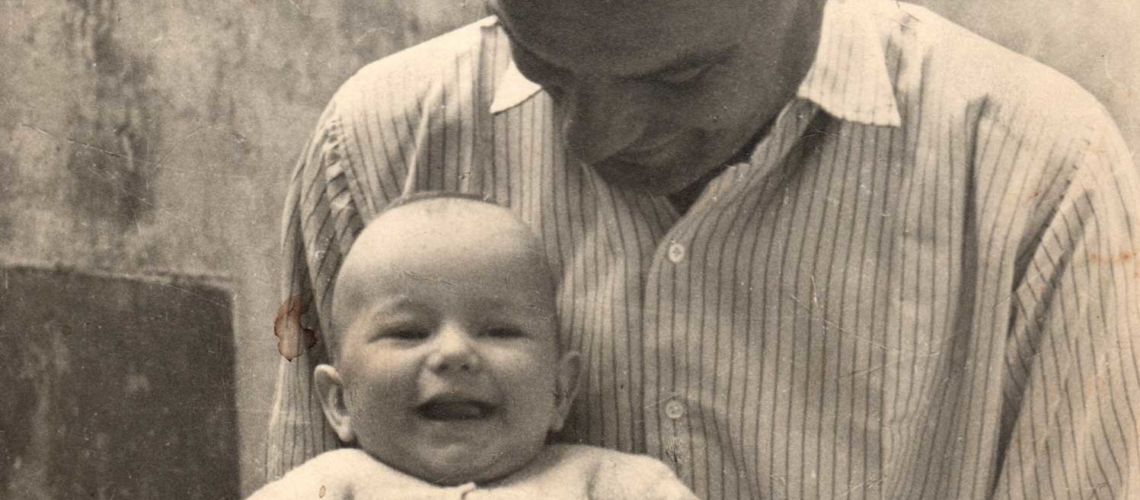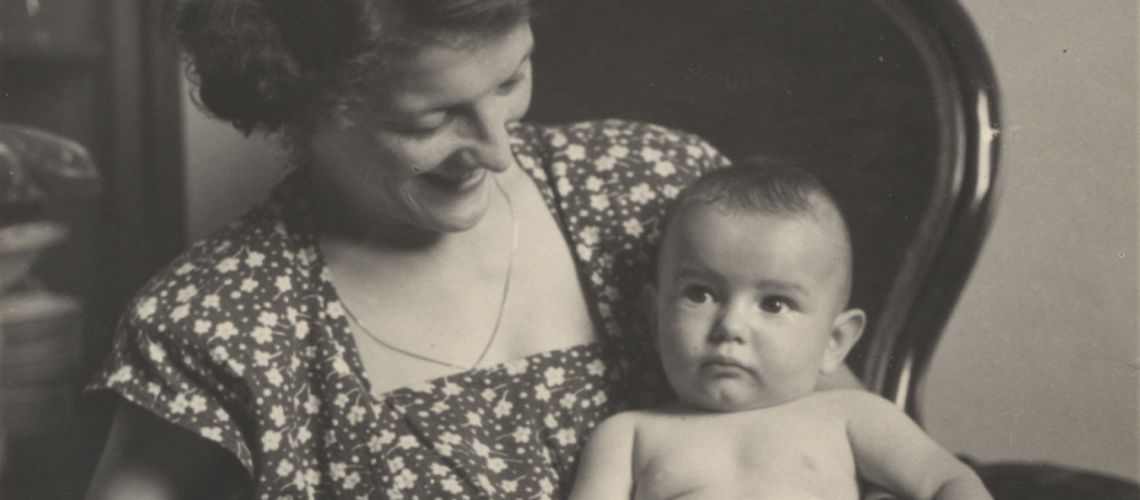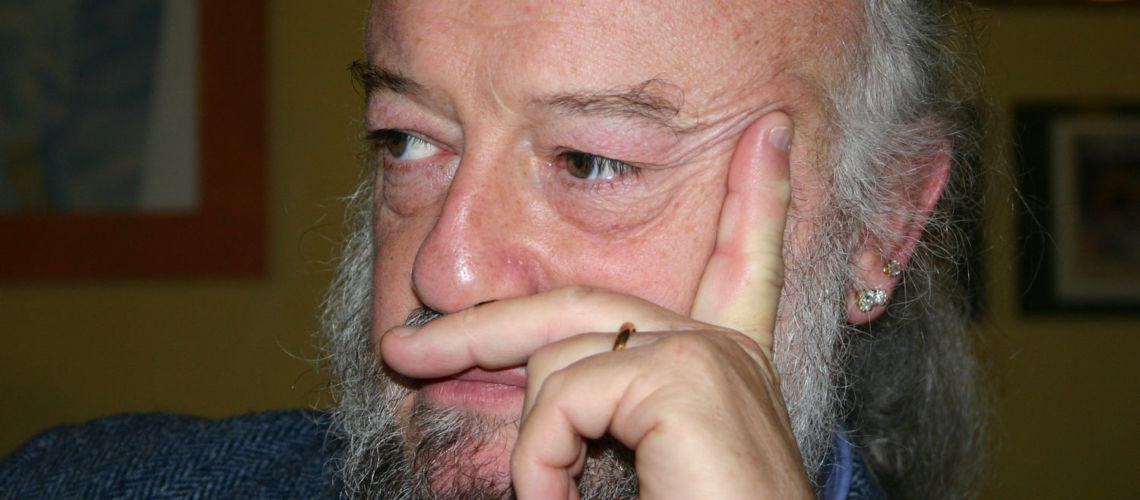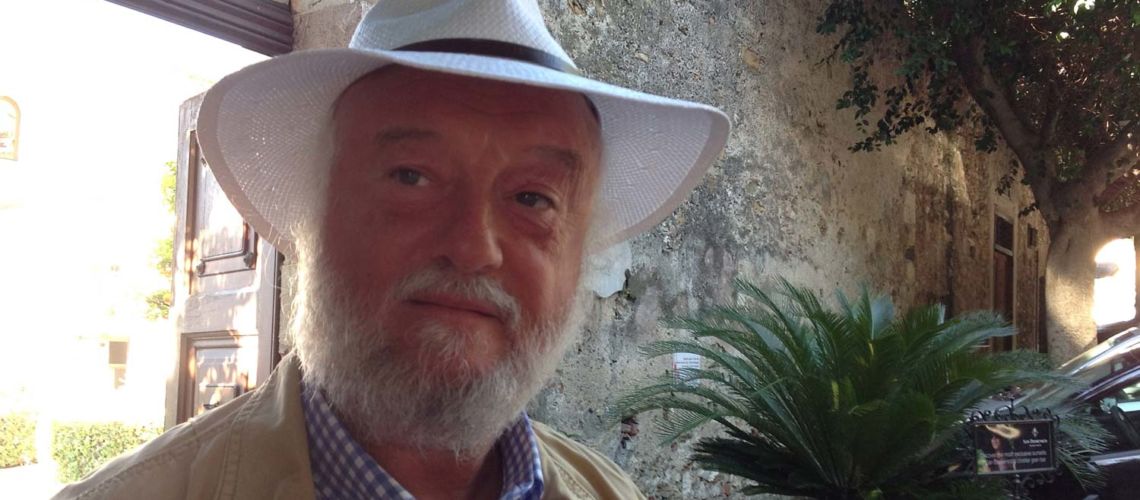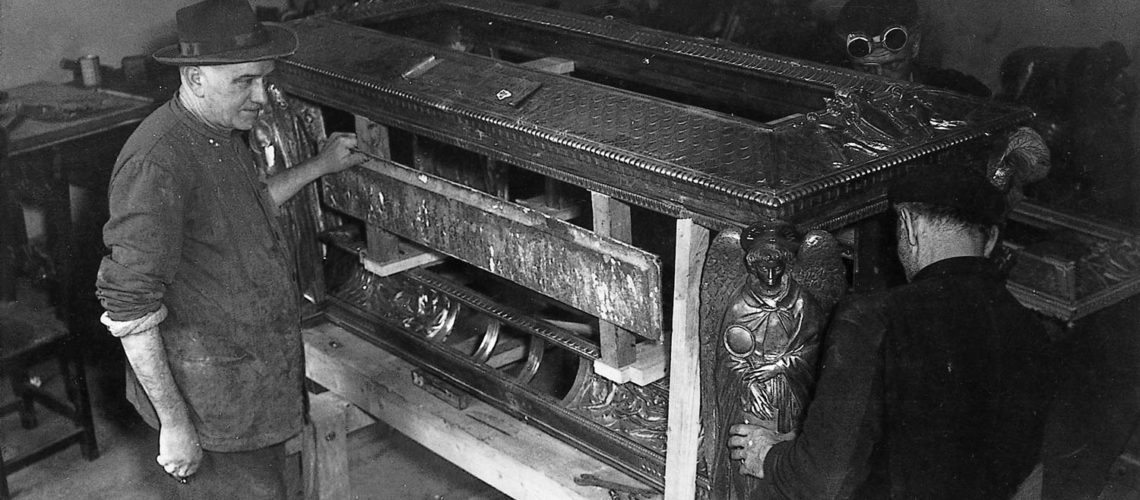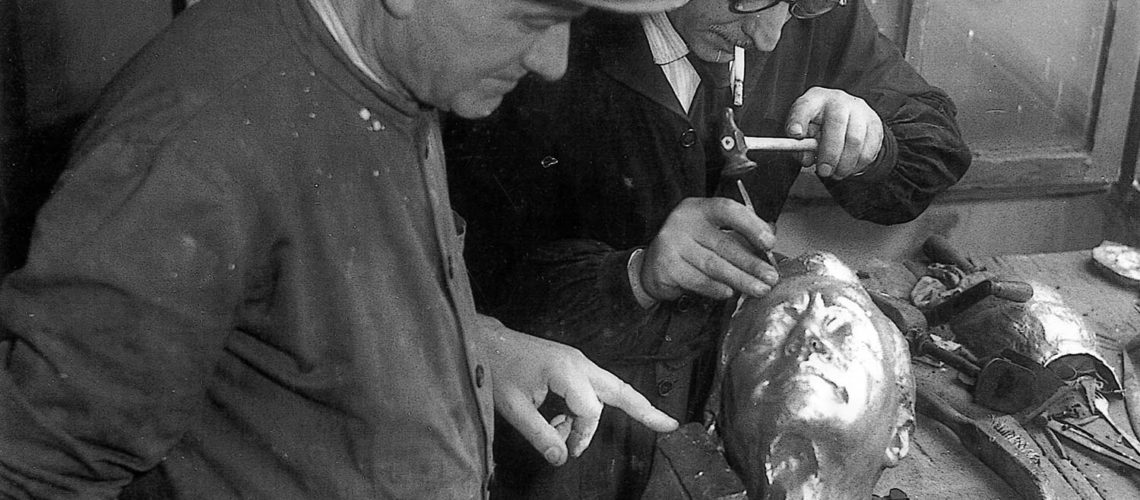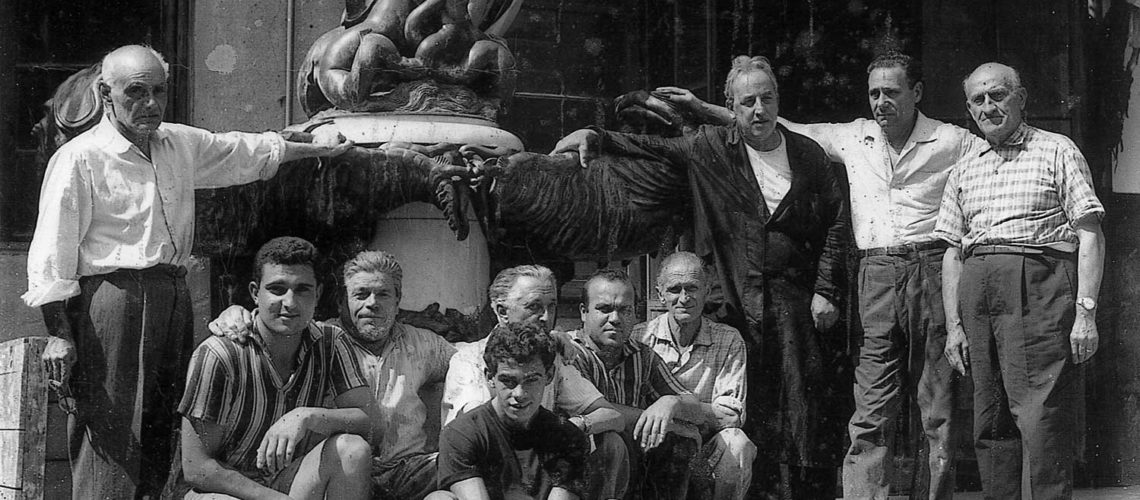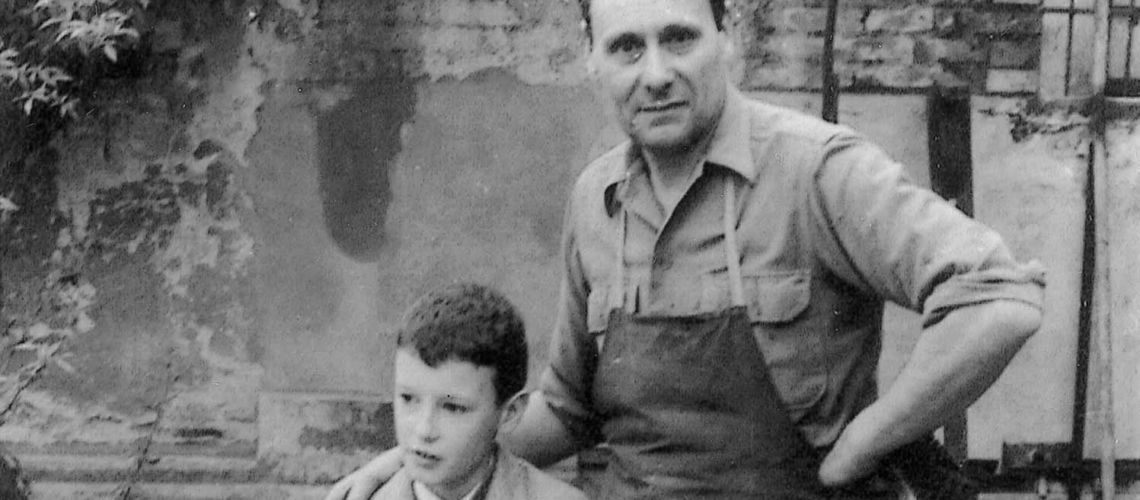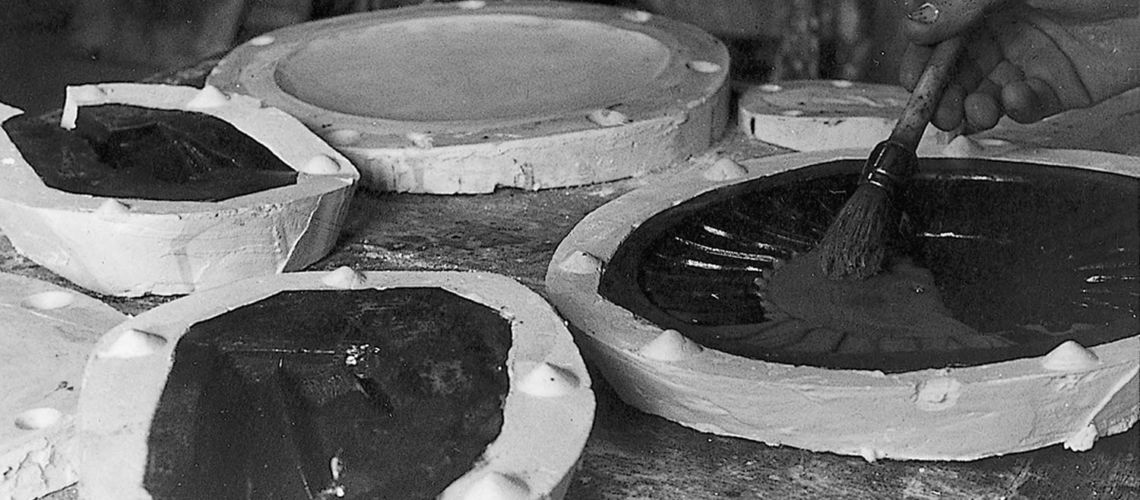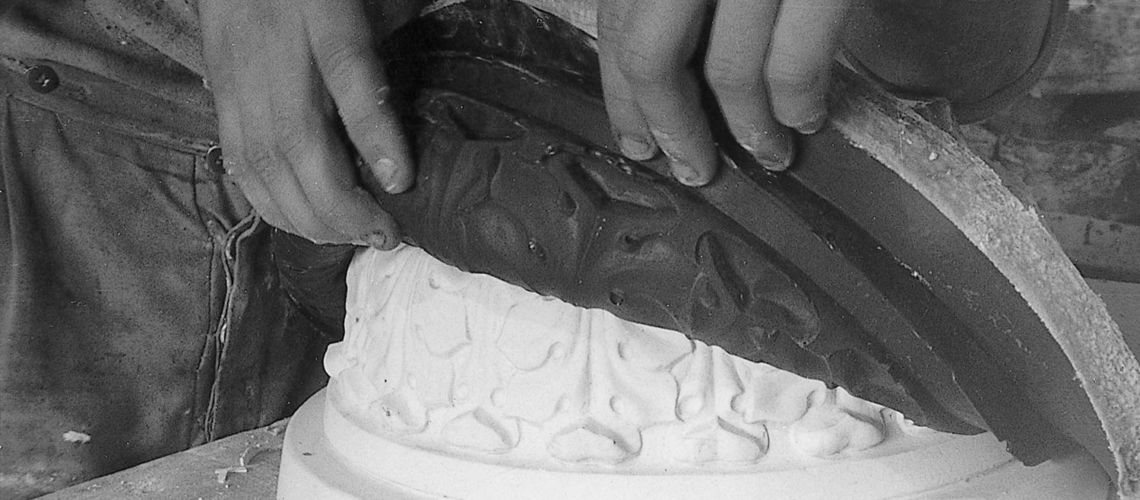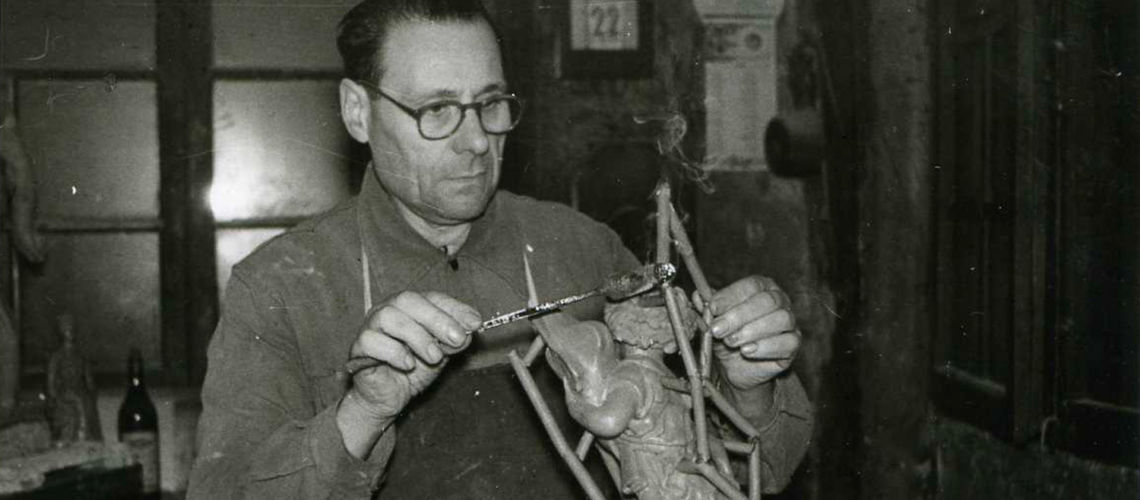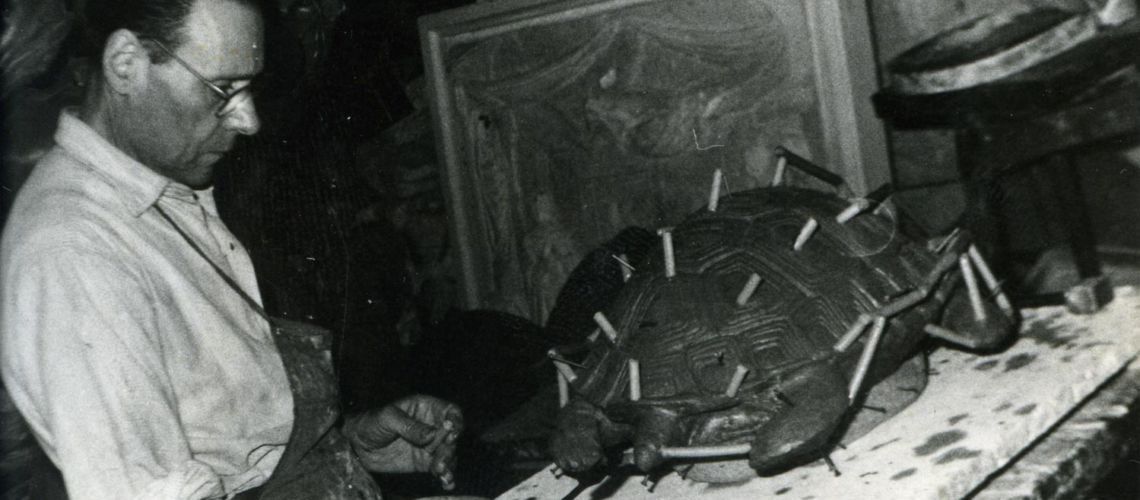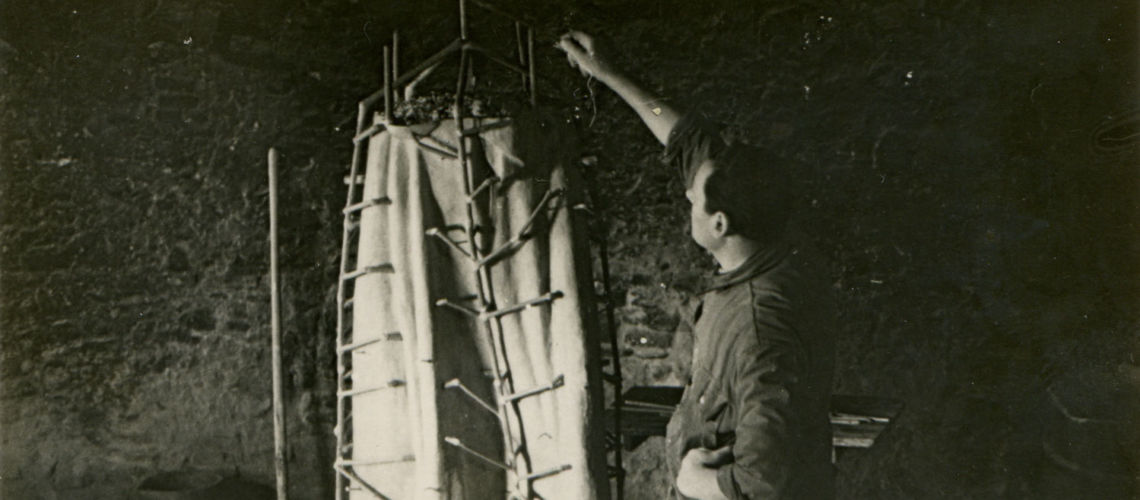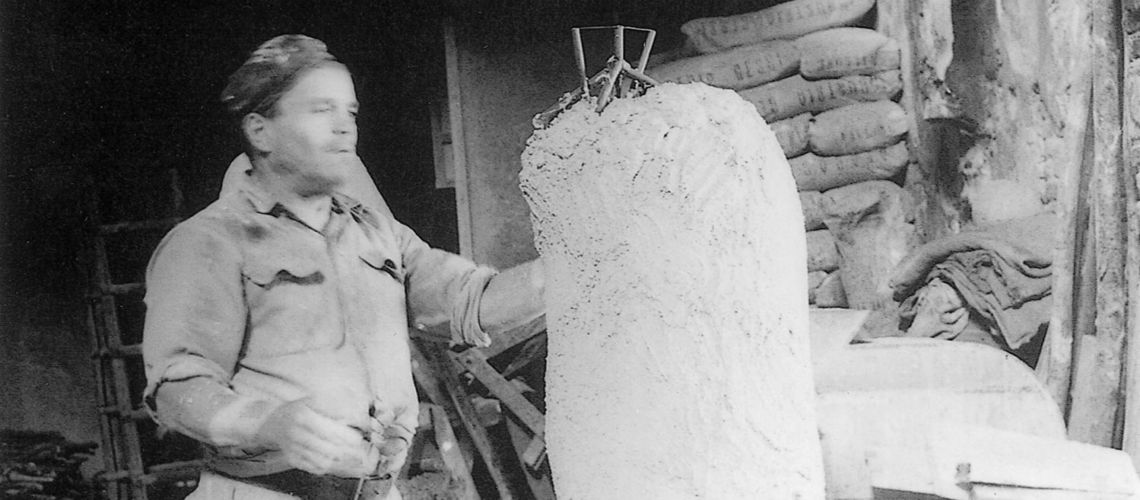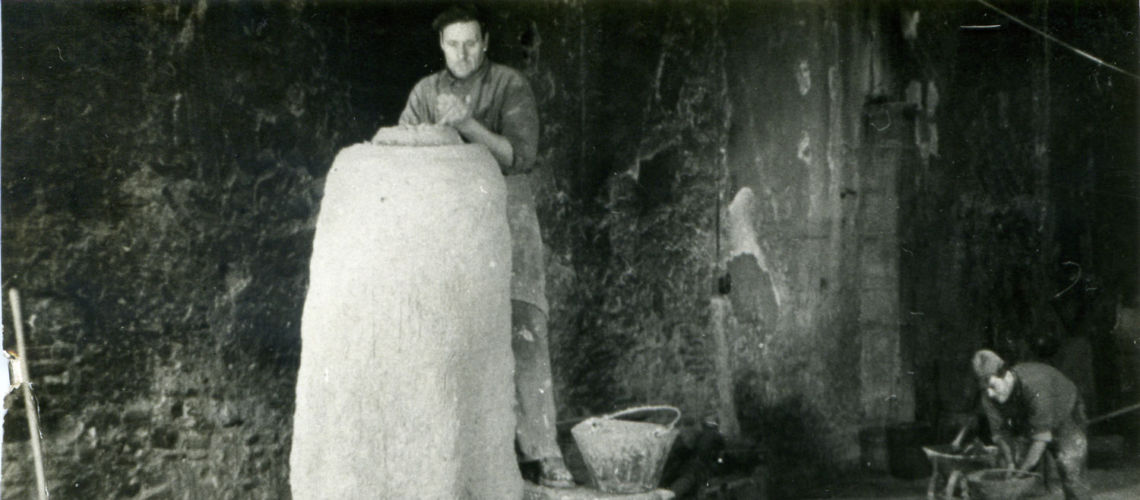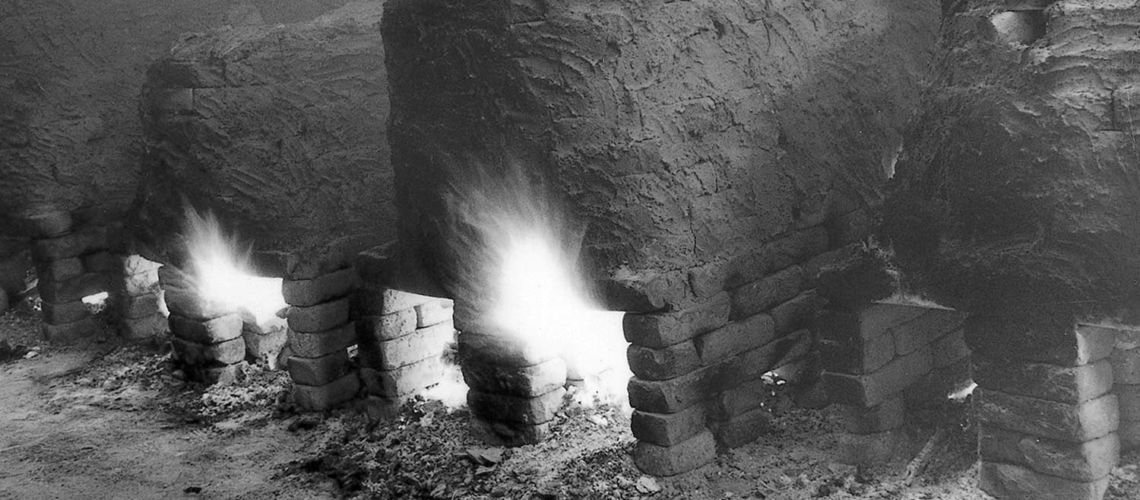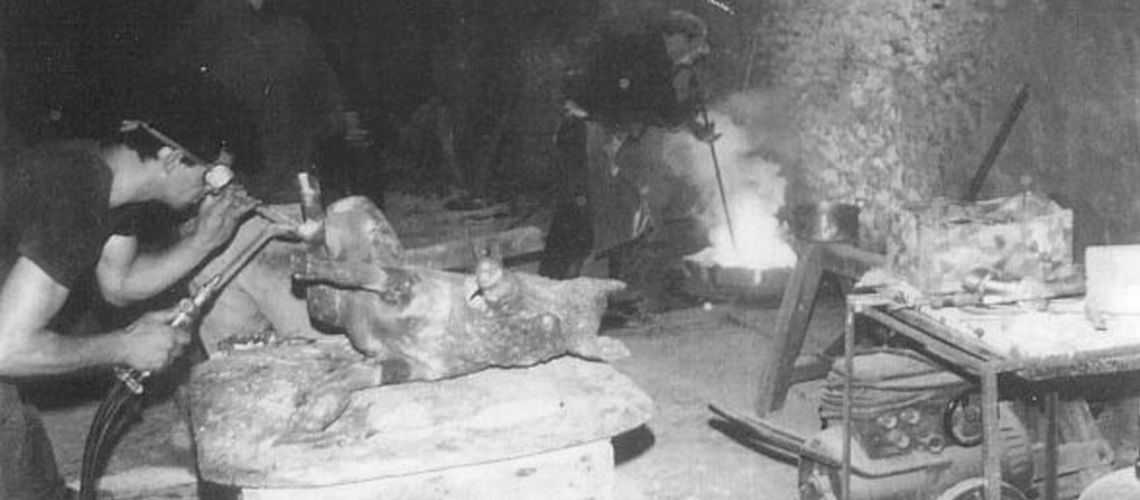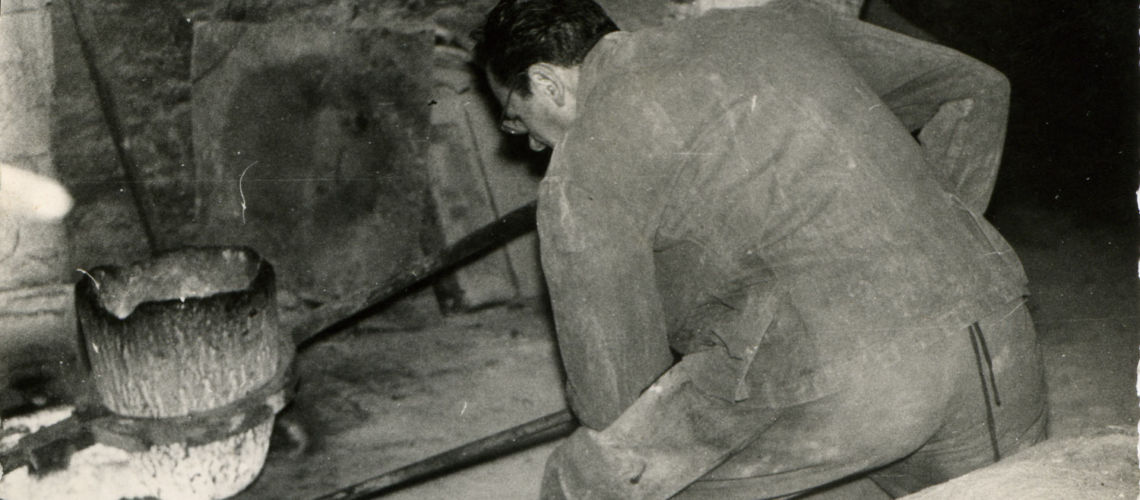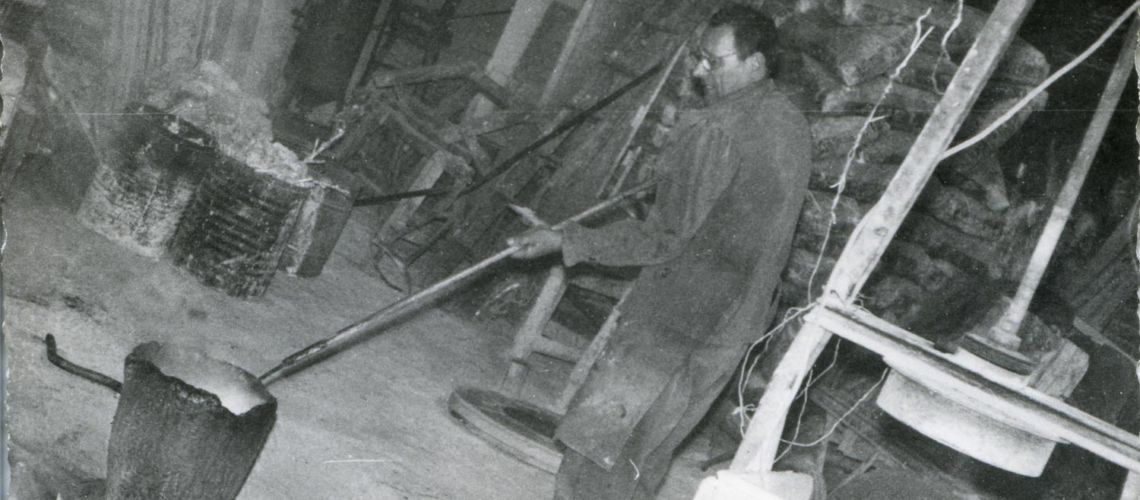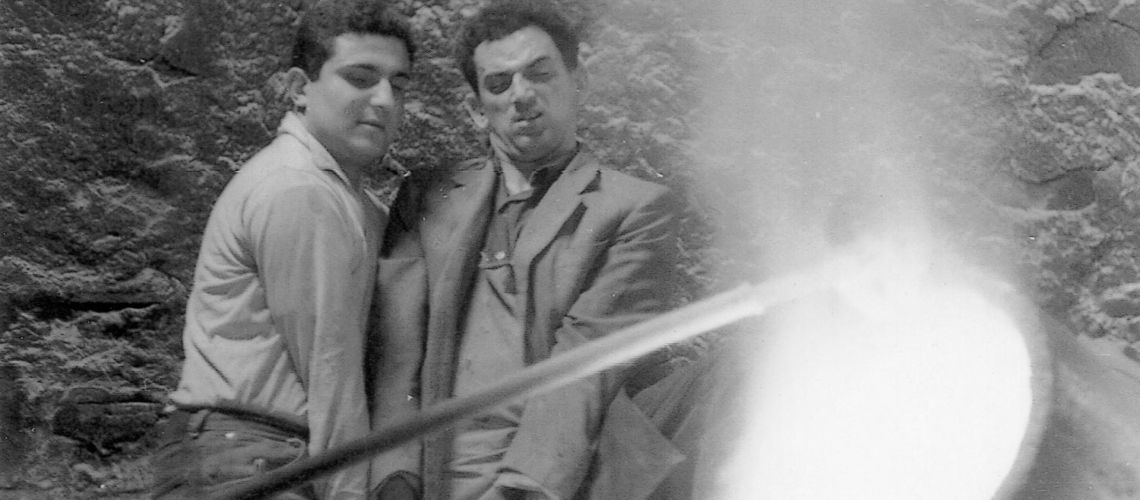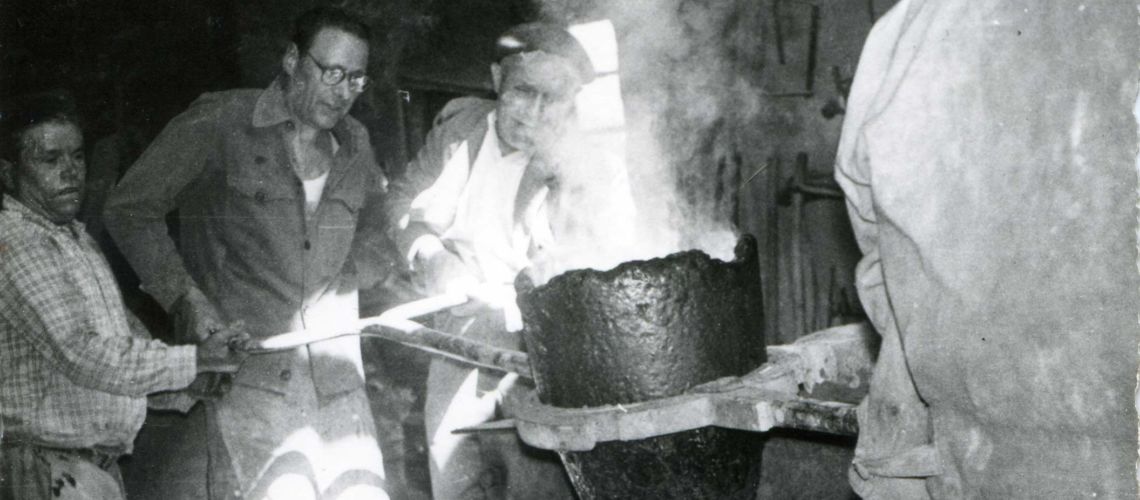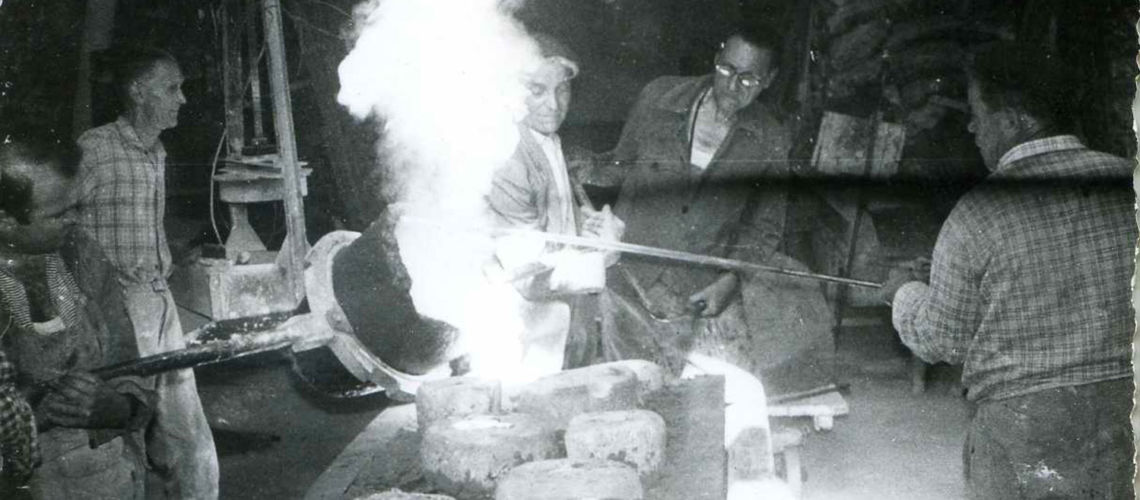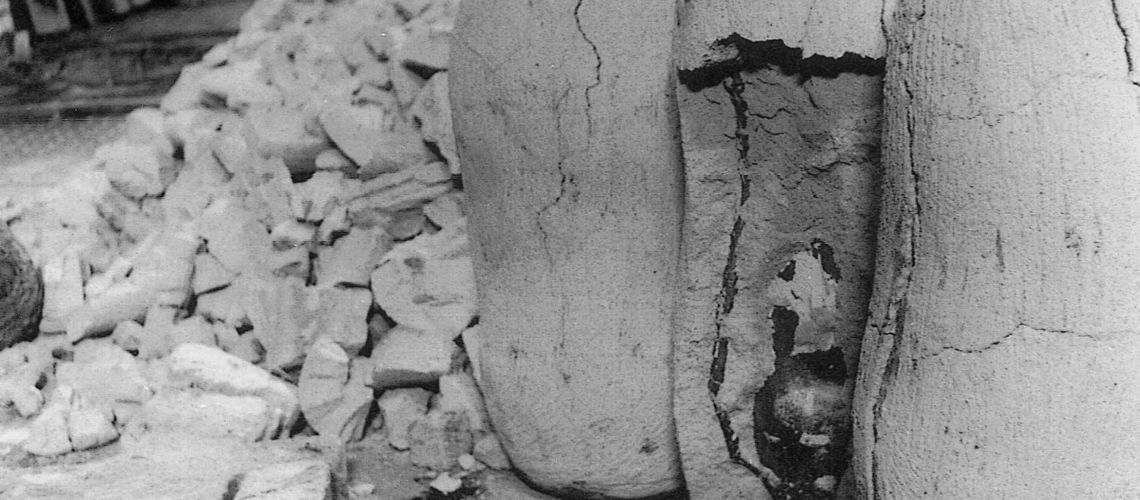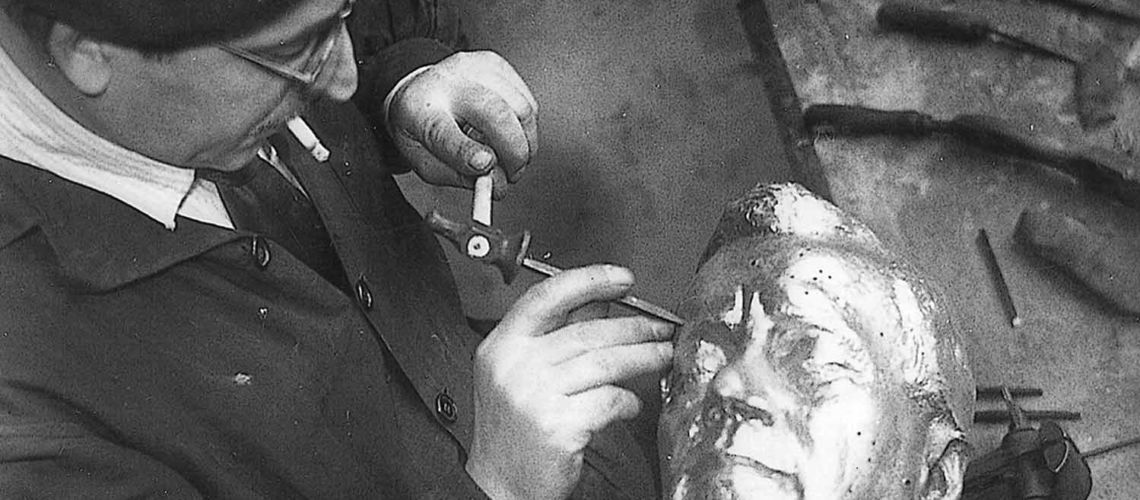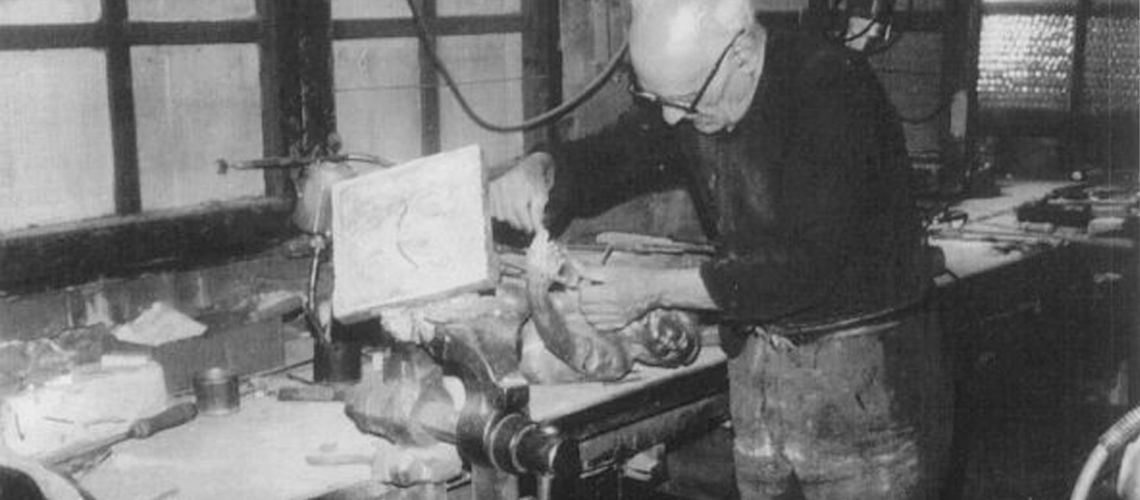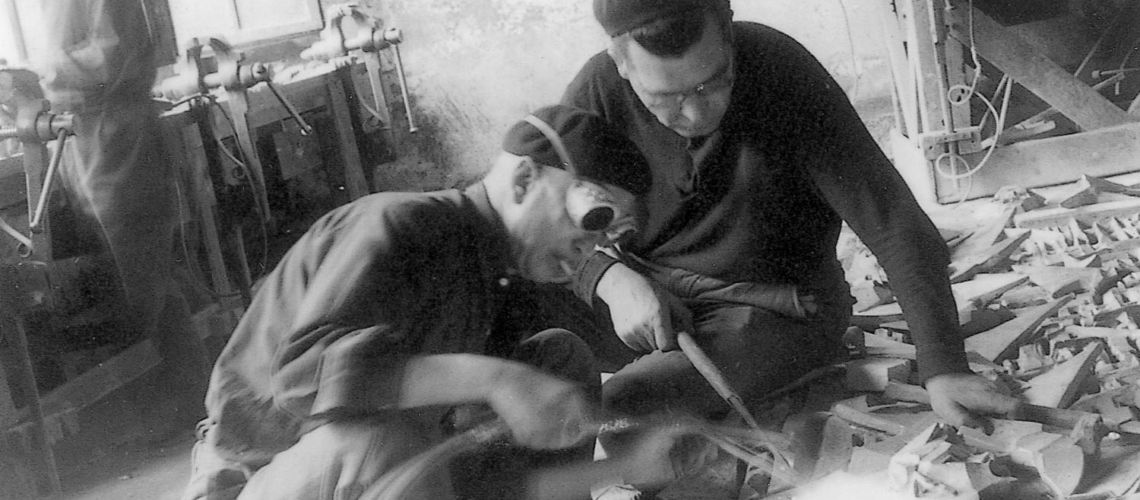The Cacciucco Fountain
From a letter of 25 June 1626, which the Camerlengo Lorenzo Usimbardi wrote to Grand Duke Ferdinando II de ‘Medici …appears that Pietro Tacca declares that is convenient to cast two fountains to be put on the sides of the big monument of Ferdinando I dei Medici with the 4 black prisoners, and so is needed to give orders in this direction.
In 1621 the Grand Duke commissioned Pietro Tacca to make models and bronze castings of four chained black prisoners to add to the base of the statue he commissioned in 1595 in Carrara marble from the sculptor Giovanni Bandini and placed in the dock of Livorno in 1601 (current piazza Micheli).
The monument would have represented the victory of the Order of Saint Stephen over the Barbary corsairs, that is, over the Muslim, North African and Ottoman pirates, the most famous and cruel of which was known as Barbarossa. The Order was founded by Pope Pius IV in the second half of the ‘500 at the insistence of Cosimo I de’ Medici who was appointed Grand Master, and the title was passed to his successors. It was a similar pirate order, but Christian.
Pietro Tacca inherited the foundry of Giambologna in 1606, where he had worked from 1592. In 1620 at the request of Cosimo II de’ Medici he executed the negative mold of the Hellenistic marble boar in the Uffizi to cast a bronze replica, the famous that was missing on the original marble. He cast it in 1633.
From a letter dated 6 October 1627 of the Provveditore Leonardo Guidotti we know the estimated cost by Tacca for the execution of the two fountains: “as for the two fountains, the Tacca says that in each of them there will be an expense of 200 scudi in making the stone place where to put it; for the balustrade and for all the marbles 400 scudi. To make the two basins, the top monsters and other ornaments 700 ducati of bronze for each one; scudi 126 for the costs of the work; scudi 400 each that means scudi 800 for both. Having received the favorable opinion of the Grand Duke, in 1627 Tacca, with the help of his pupils Bartolomeo Salvini and Francesco Maria Bandini, began the execution of the models for the two fountains to be placed on the sides of the monument of the 4 Black Prisoners in the Livorno dockyard, and which were to be used to supply water to the ships that arrived there.
But at this point a strange thing happened, described by Filippo Baldinucci in his “Notizie de’ Professori di Disegno da Cimabue in qua” of 1681: [Ferdinand II declared that] … every work that [the Tacca] was going to conduct should be paid to him … which was then always practiced, particularly in the two metal fountains destined to be located on the Livorno dock … to make water for the ships, to which having, for reasons unknown to us, strongly opposed, and against the taste of the Tacca, Andrea Arrighetti that was the administrator of the fortresses and superintendent of the factories … And so fountains never arrived in Livorno.
Despite the reasons unknown to us of Baldinucci it is plausible to believe that the two fountains with those minimum jets of water and also their position were completely unsuitable to allow sailors to load the large barrels of the ships in an acceptable time, and they also took up too much space on the dock compared to the service they would do. Today we would say that they were not at all “functional”, and were replaced by normal fountains, as can be seen (to the right of the 4 Mori monument) in the engraving of 1655 of the Livorno Port by Stefano della Bella.
Pietro Tacca died in October 1640, but the foundry, formerly of Giambologna, continued its work with his son Ferdinando Tacca. The execution of the two fountains slowed down, but did not stop at all: we have news of payments to the Tacca’s for the fountains from 1639 to 1641. The payments probably related also to the placement of the two fountains in Piazza Santissima Annunziata in Florence, inaugurated on June 15th 1641 as Francesco Settimanni writes in his Memories of Florence: the two bronze fountains placed on the square of the Santissima Annunziata, works by Pietro Tacca, were discovered for the first time.
They were engraved in the view of Piazza SS. Announced by Zocchi in the mid-1700s, and by Vascellini in 1777.
The sculpture of the first half of the XVII century was influenced a lot from the late XVI century Mannerist style, especially from that of Bernardo Buontalenti; famous in Florence his Sprone Fountain put in place probably in 1608 when the whole area was decorated on the occasion of the passage of the wedding procession of Cosimo II de’ Medici with Maria Maddalena of Austria (of which the Galleria Bazzanti owns a small model), just as the four Season’s Statues were placed at the corners of the Ponte a Santa Trinita by the sculptors Francavilla, Landini and Caccini.
The style of the fountains, the same except for some details, that comes from the passion of wonderful and unusual forms found in nature, started in the XVI century in architecture and gardens (as in that of Villa Lante in Bagnania near Viterbo),
in the various collections of the European Lords, in the creation of the wunderkammer and in the invention of masks and monsters by Buontalenti and his school.
These were the years in which the princes of Europe competed to collect natural wonders and monstrosities that they kept in their studios in order to amaze their guests. Alchemy is also in fashion, whose laboratory is well hidden and protected from prying eyes, as is the Studiolo of Francesco I in Palazzo Vecchio. The choice to create sea monsters and fishes was evidently wanted by Tacca thinking of its location in the port of Livorno, on the sea, while it is even more original in a square like that of the SS. Annunziata. When Tacca modeled the fountains he was most probably inspired, for the fish garlands on the bases, by that of the rectangular basin of the Fountain of the Animals in the cave of the Medici Villa of Castello, sculpted by Tribolo in the middle of the XVI century.
The two Florentine monuments underwent cleaning and restoration in November 1745 by order of the Grand Duke Ferdinand III de’ Medici. Another restoration more than two centuries later, in 1988.
It is said that the city of Livorno has been offended since the VII century for not having had the two Tacca’s fountains. And that this “rudeness” is weighed on the Livornese people for about three centuries. In 1956, for the 350th anniversary of the appointment of the first Gonfaloniere of the city of Livorno, the Municipality of Florence wanted to donate a faithful copy to the city. Livorno thanked and said: we want two of them as in Florence, and we pay for the second! As happens in all the municipalities of Italy, problems and arguments arose about where to place them, etc.
At the beginning of the 1960s, the Municipality of Florence procured the negative mould performed on the original and gave it to the Ferdinando Marinelli Artistic Foundry in Florence for performing castings of the two monuments.
Thus it was that in 1964 the two fountains arrived in Livorno.
And they were immediately nicknamed “the fountains of Cacciucco by the Leghorn population. Cacciucco is a kind of thick fish soup that is prepared only in a brief touch of the Tyrrhenian coast, from Versilia to Livorno. And it’s delicious!
The Bazzanti Gallery owns a replica of the Tacca fountain among its monuments, and a precious reduced model.

